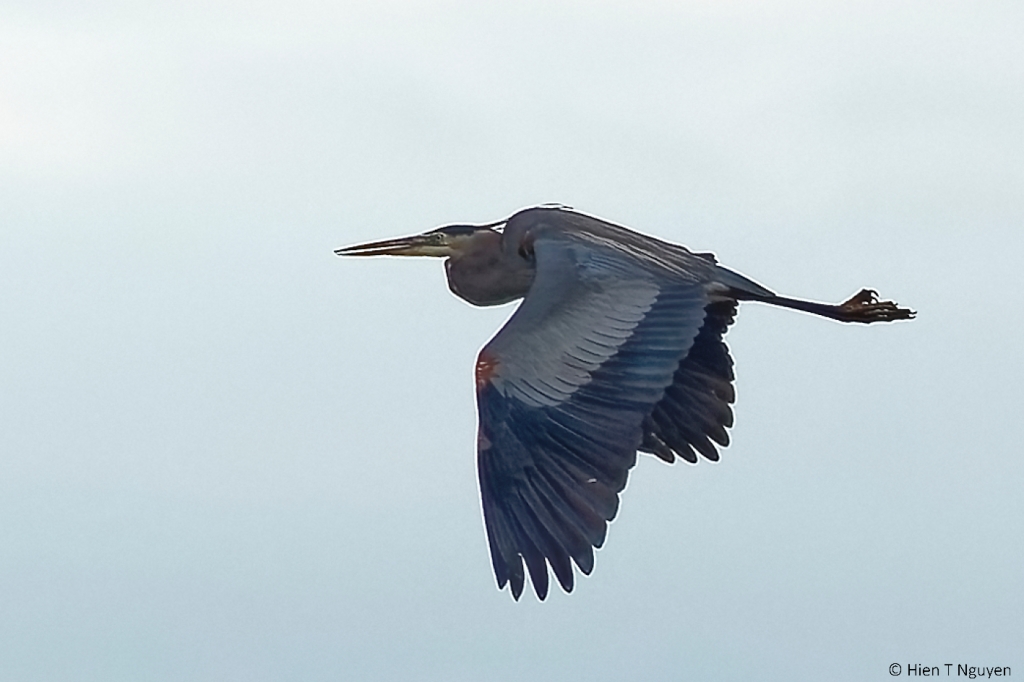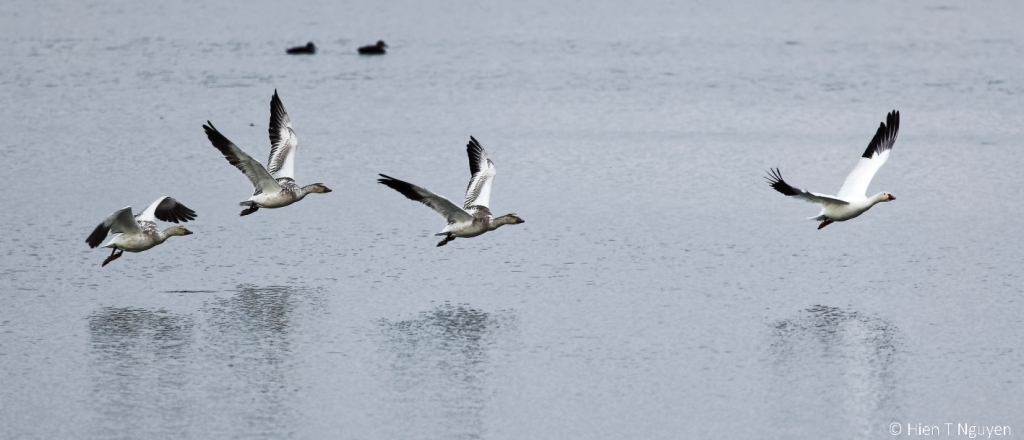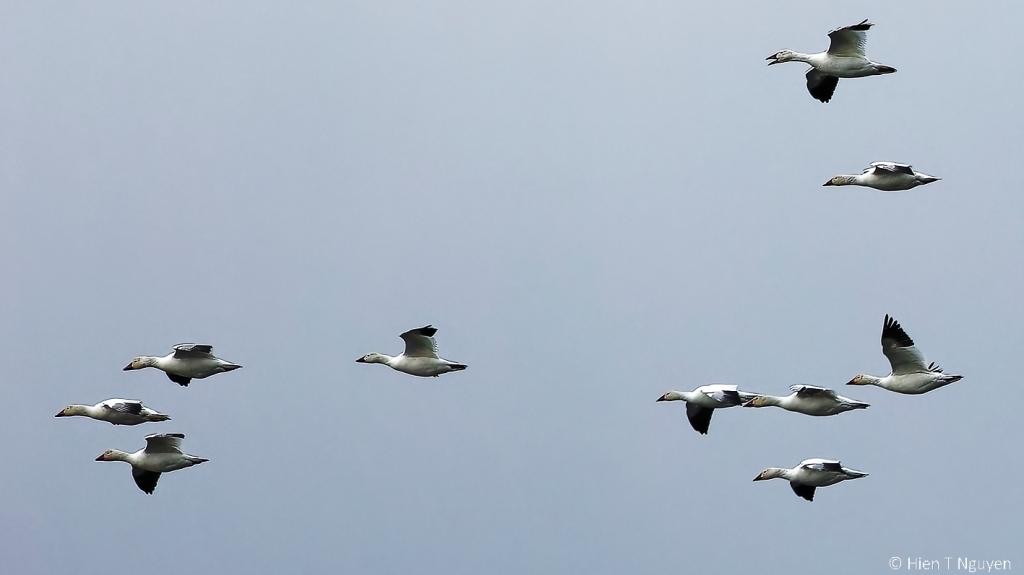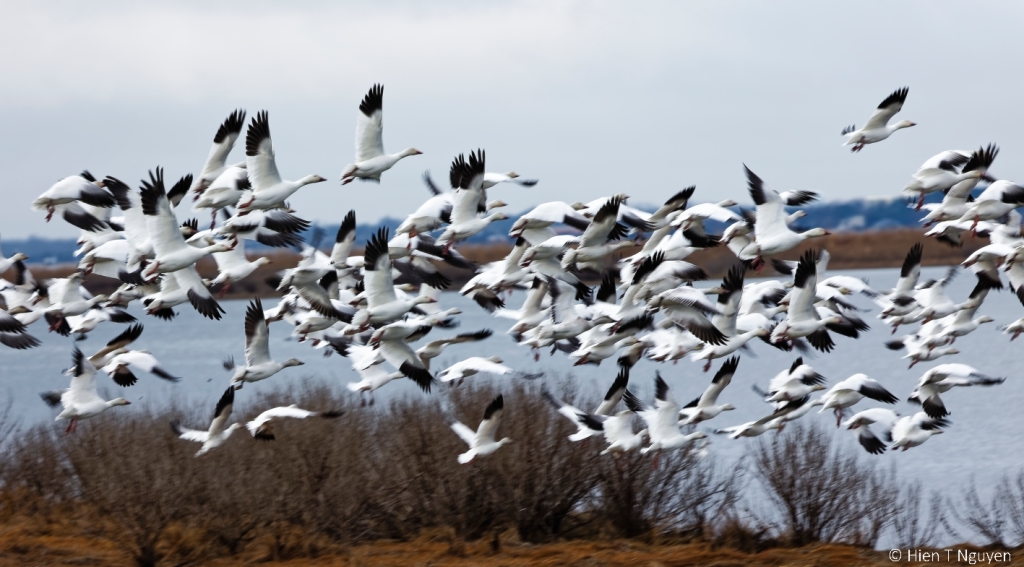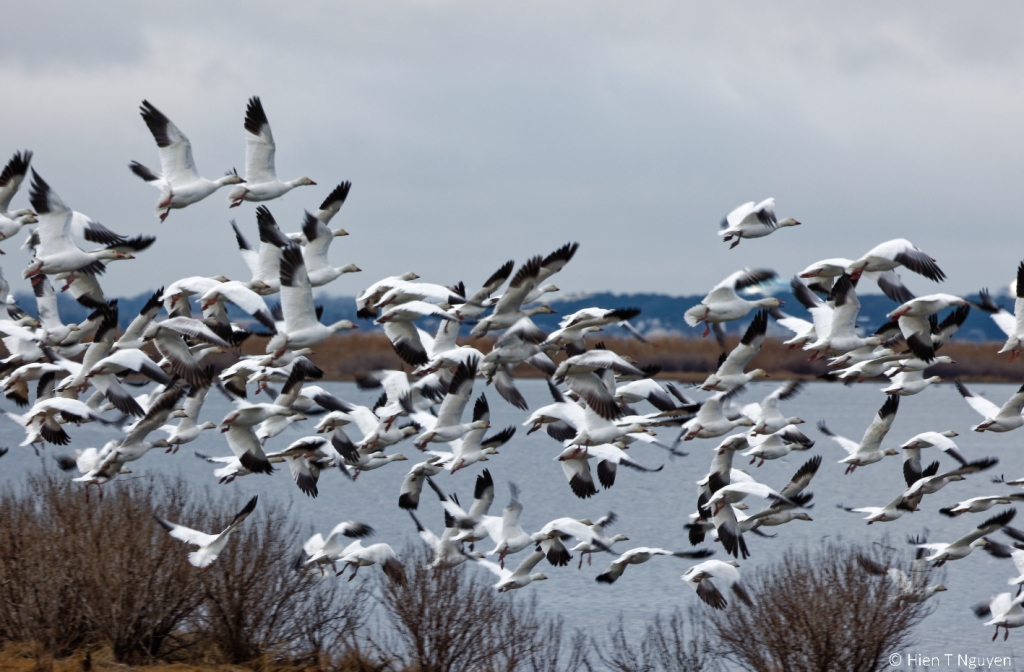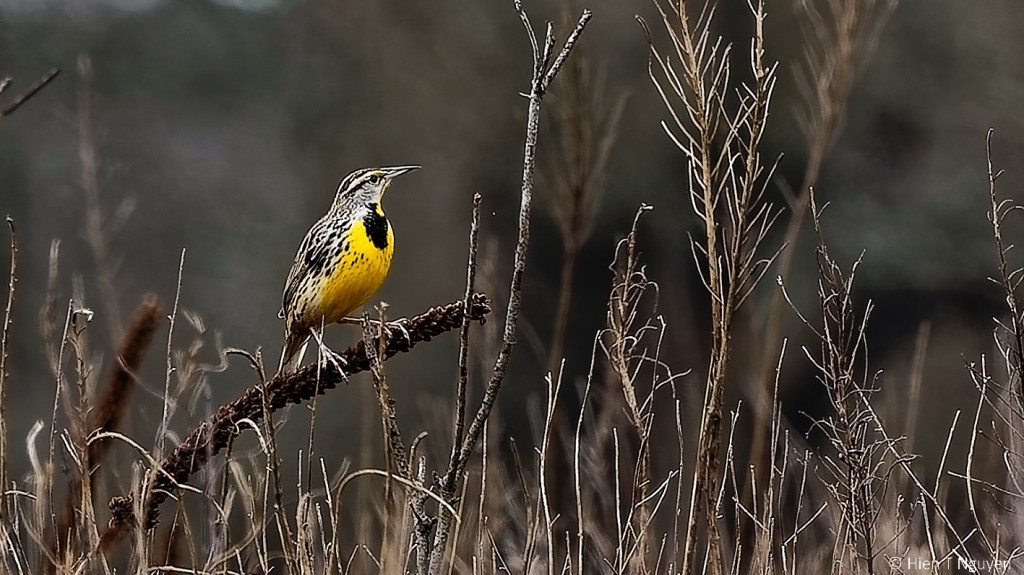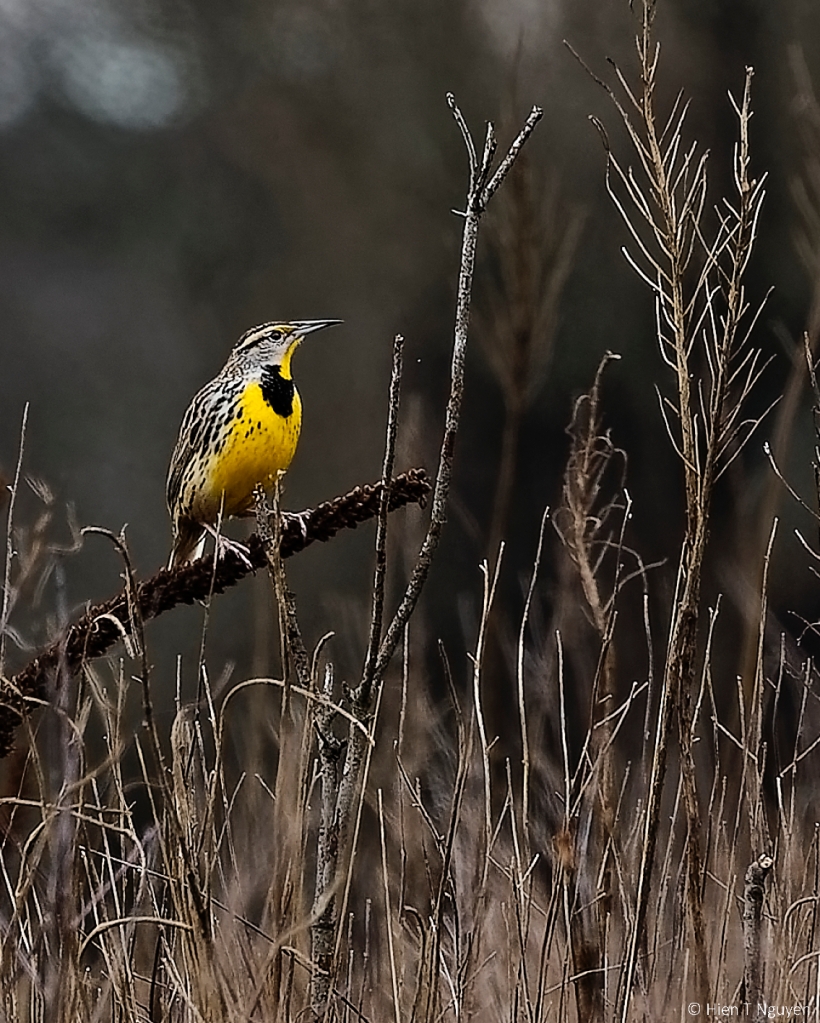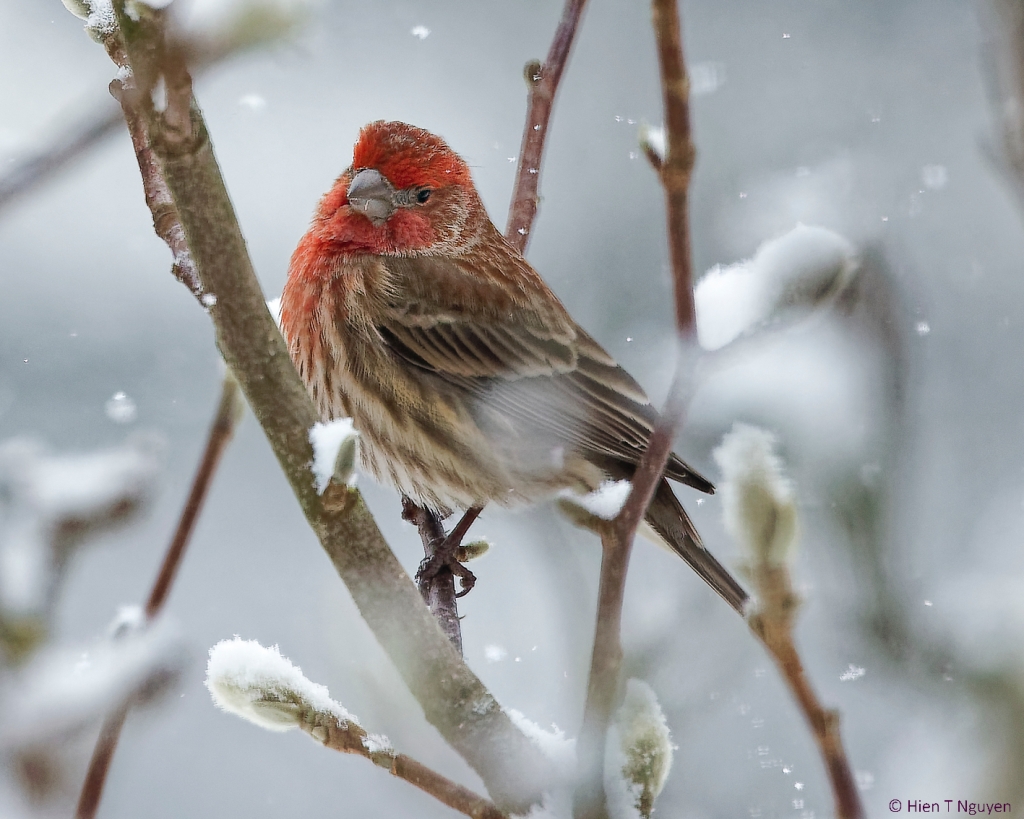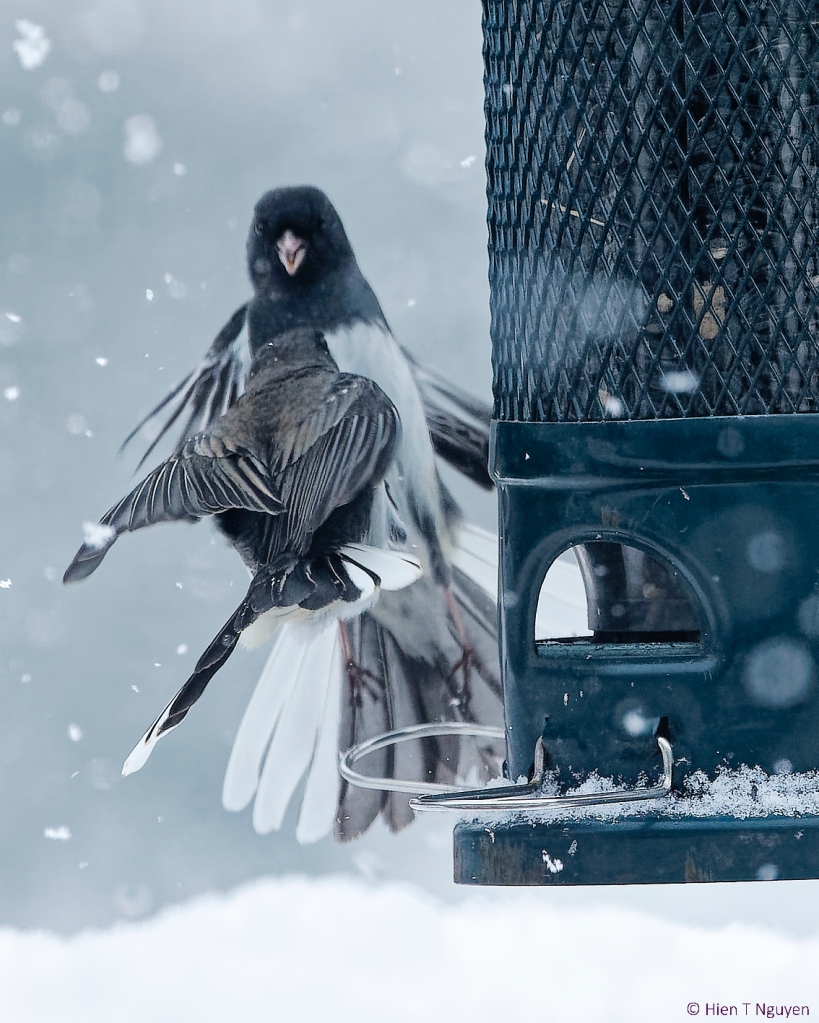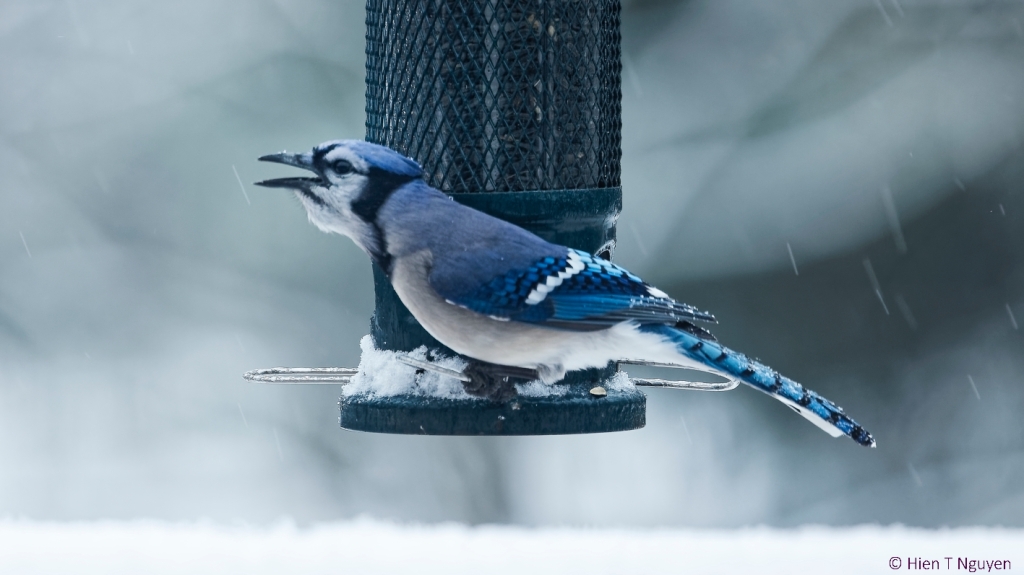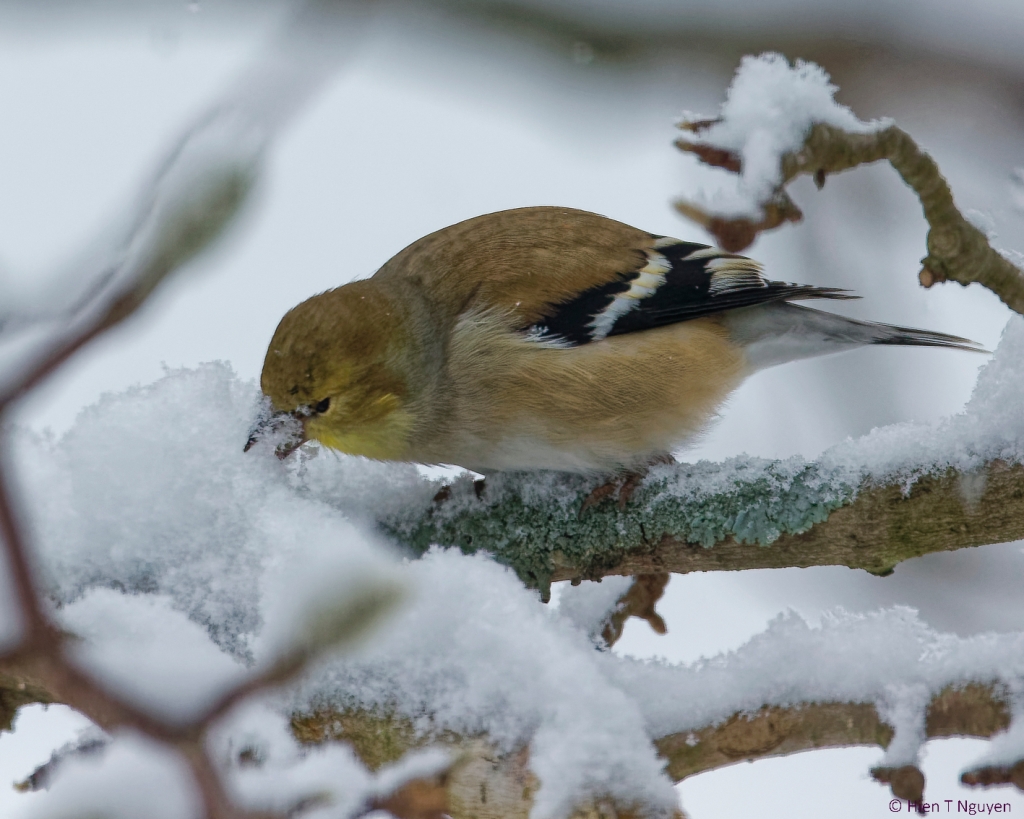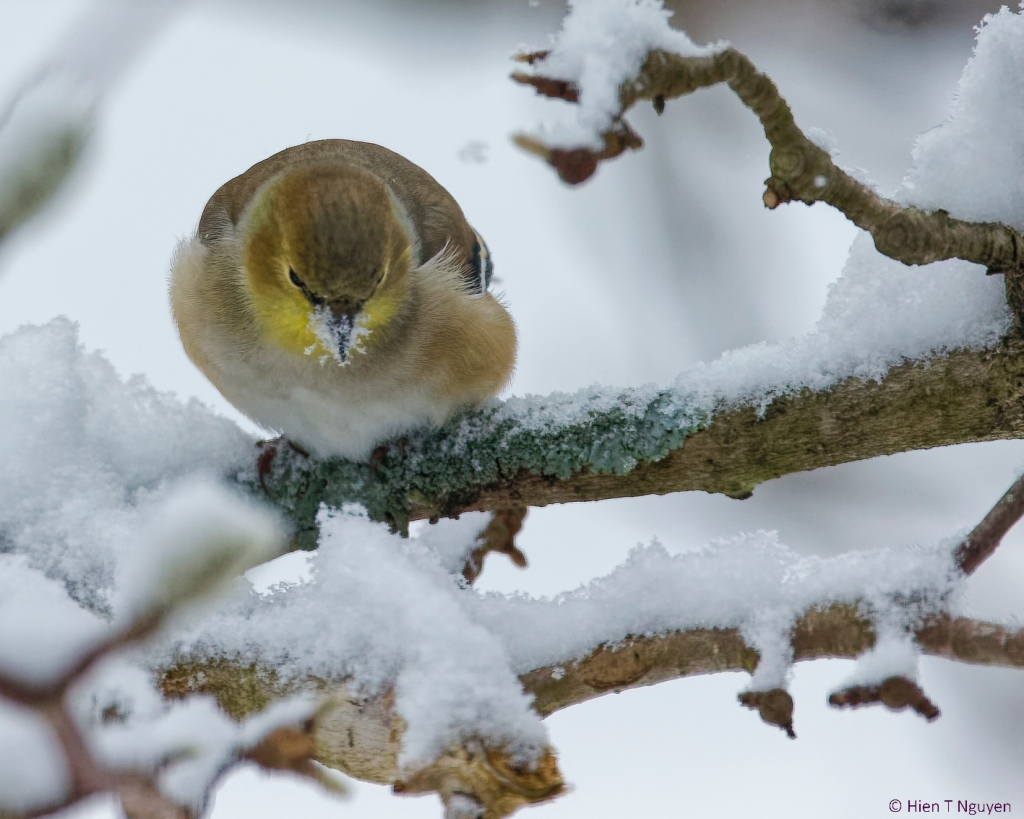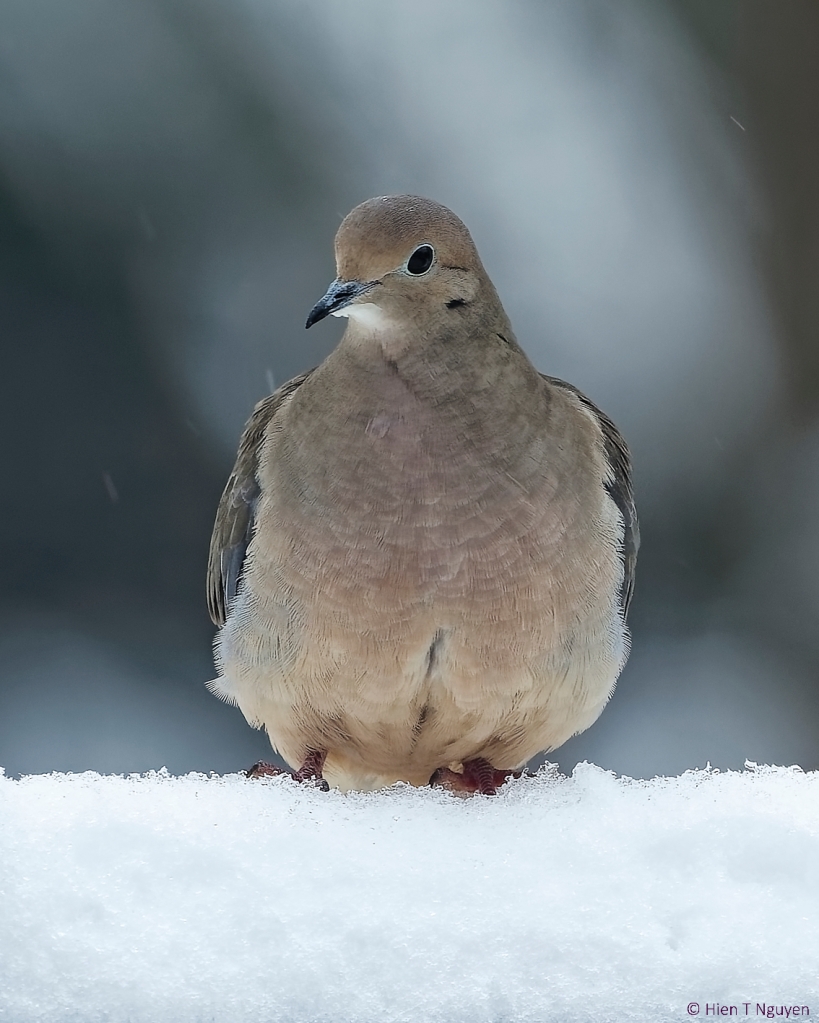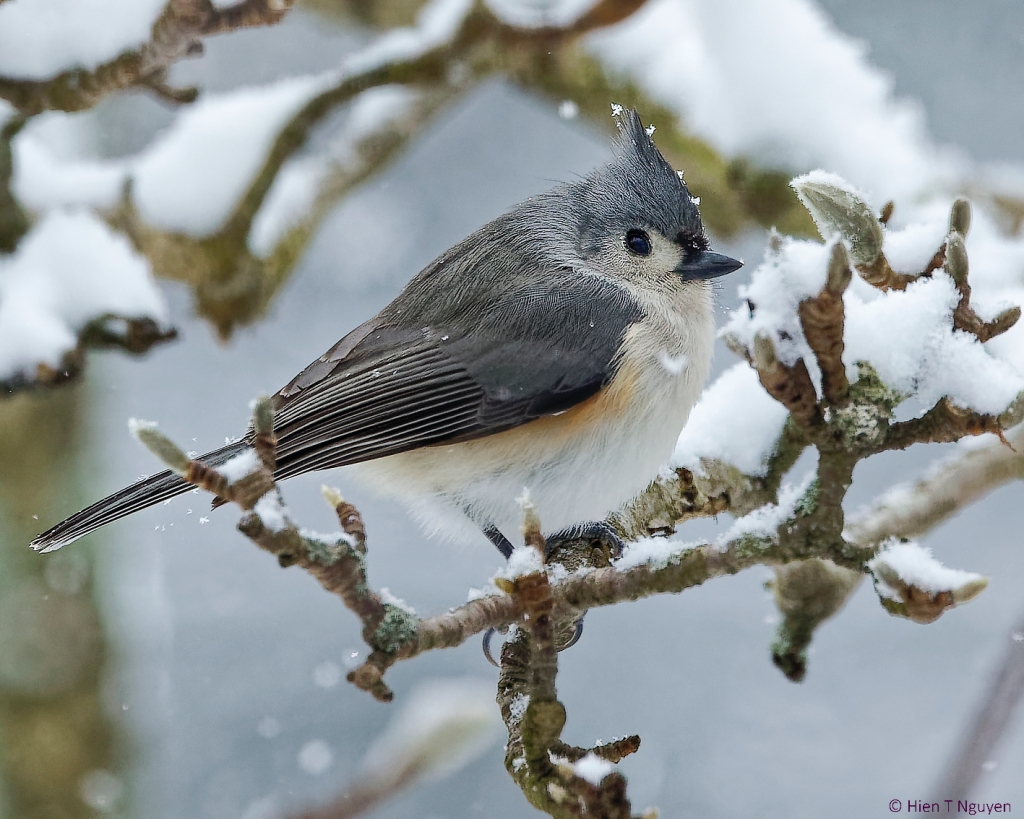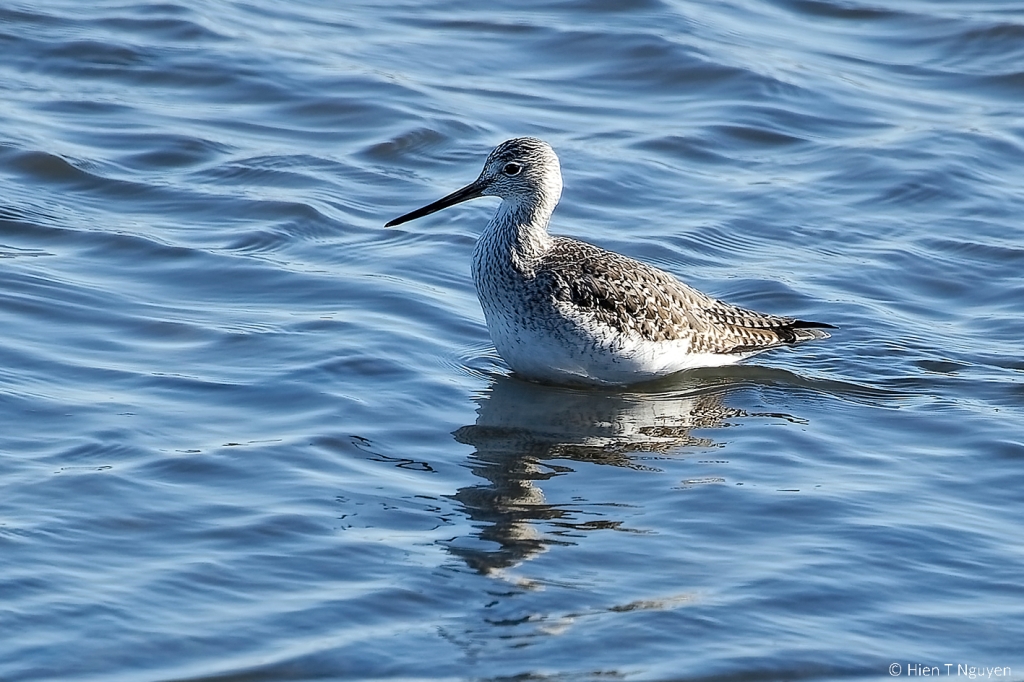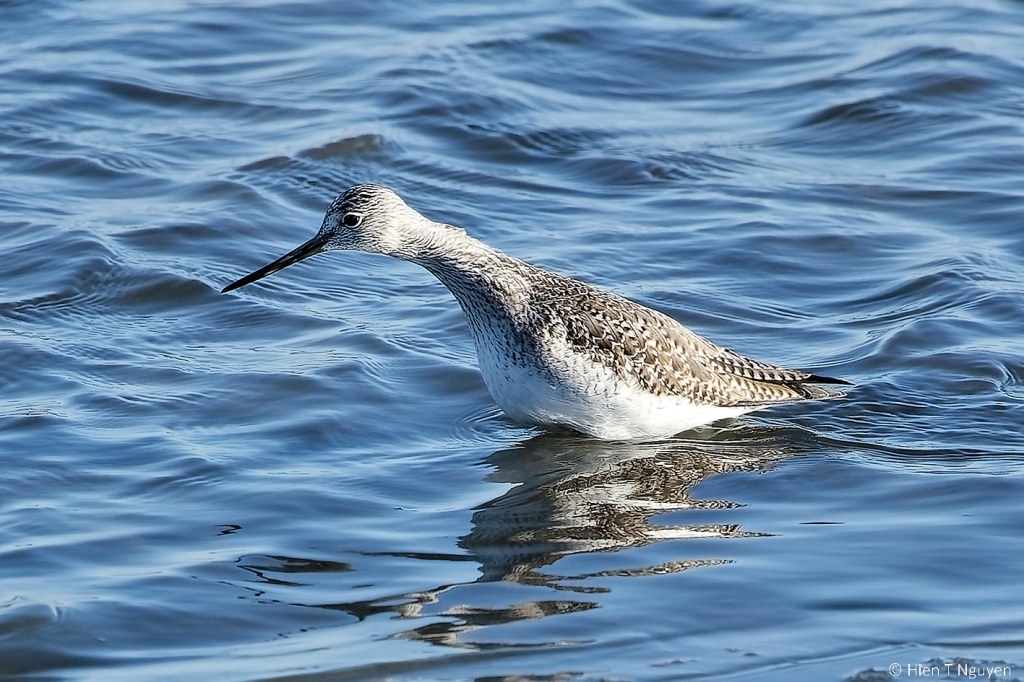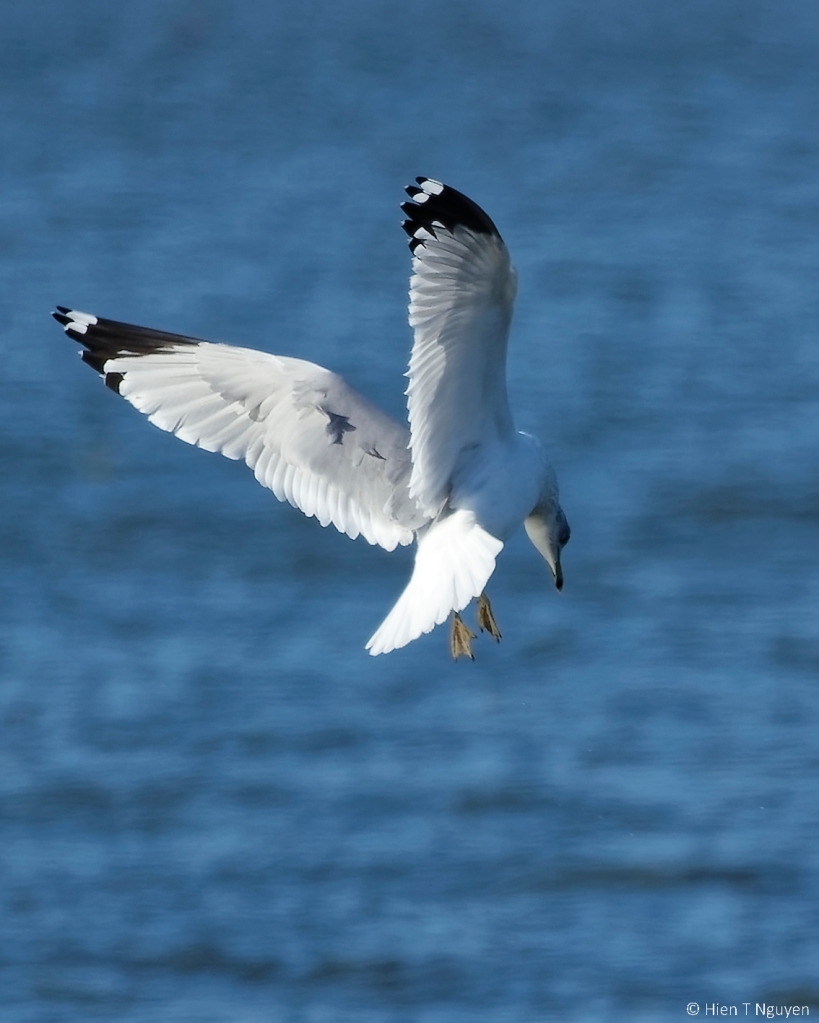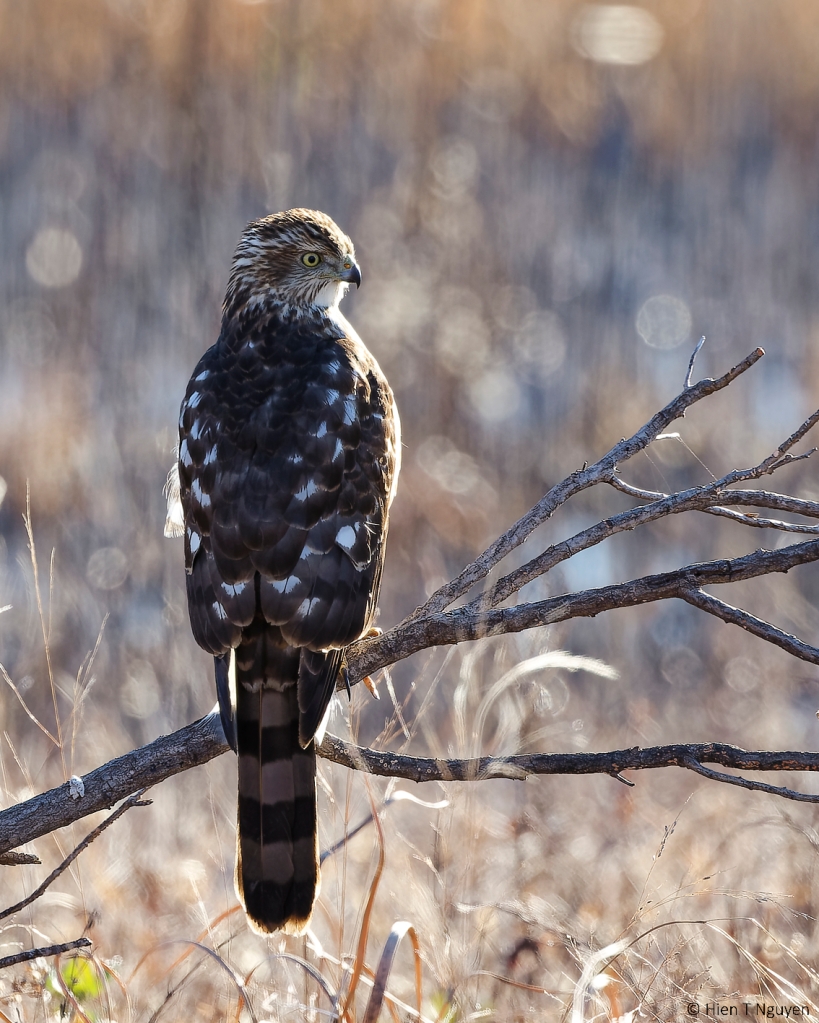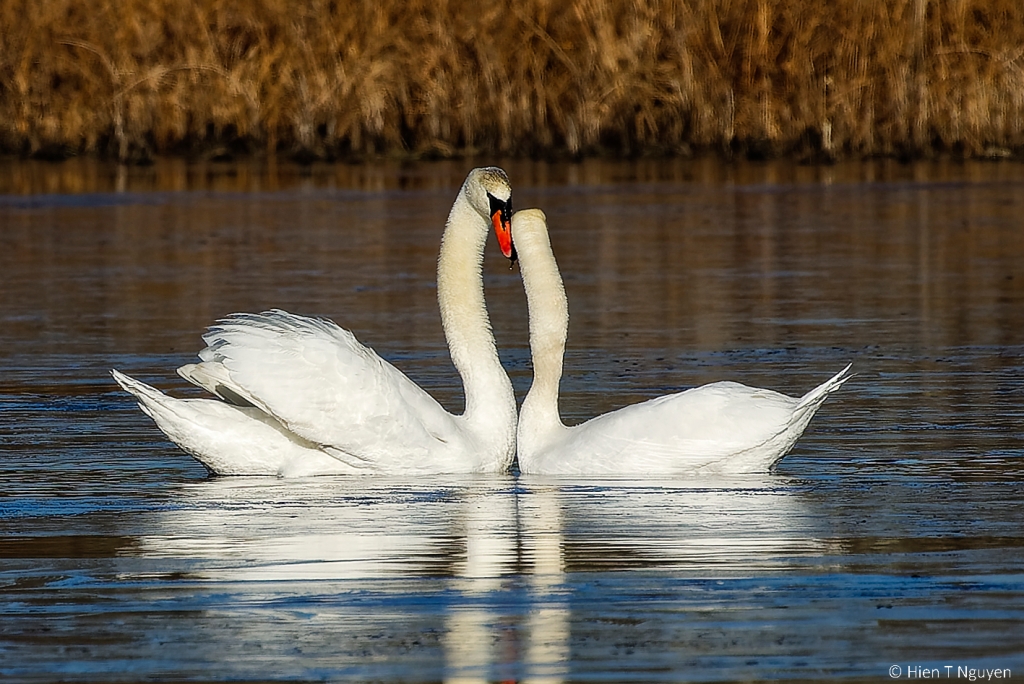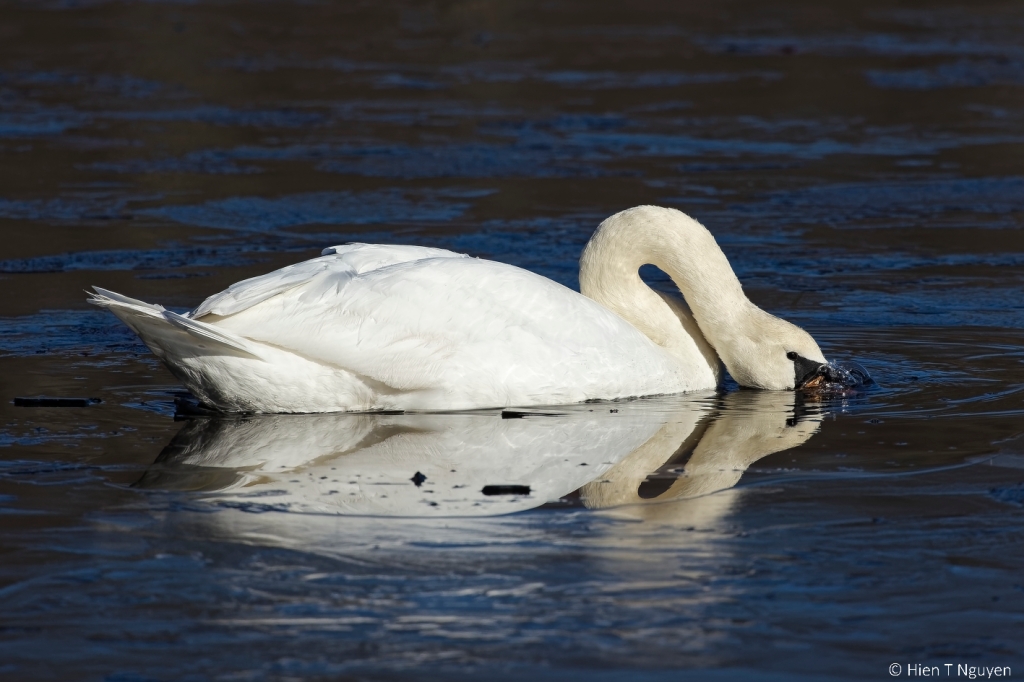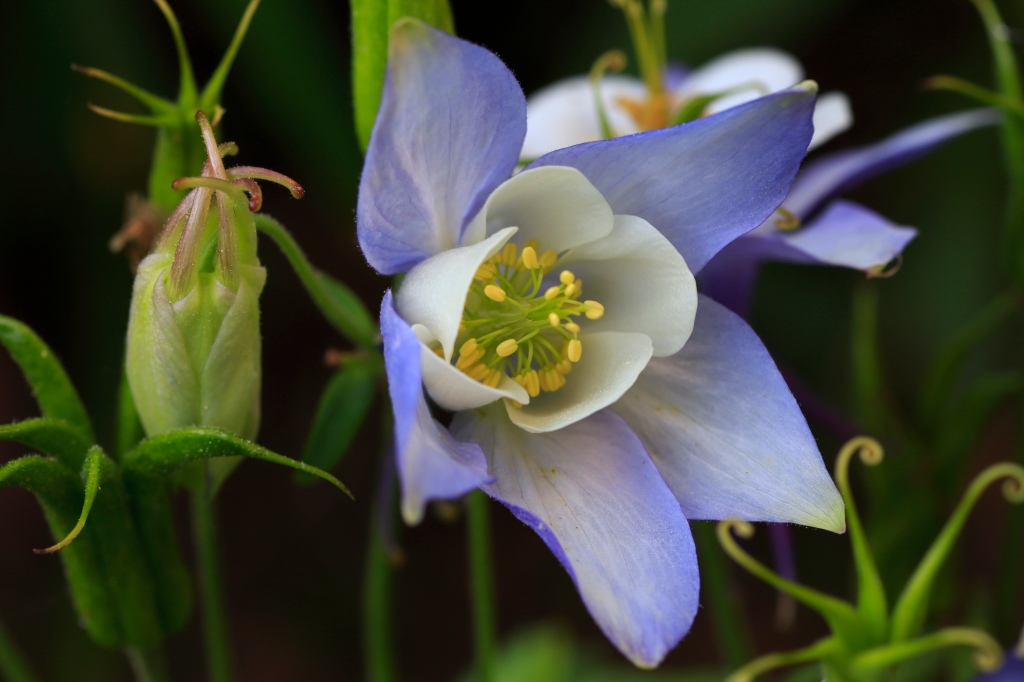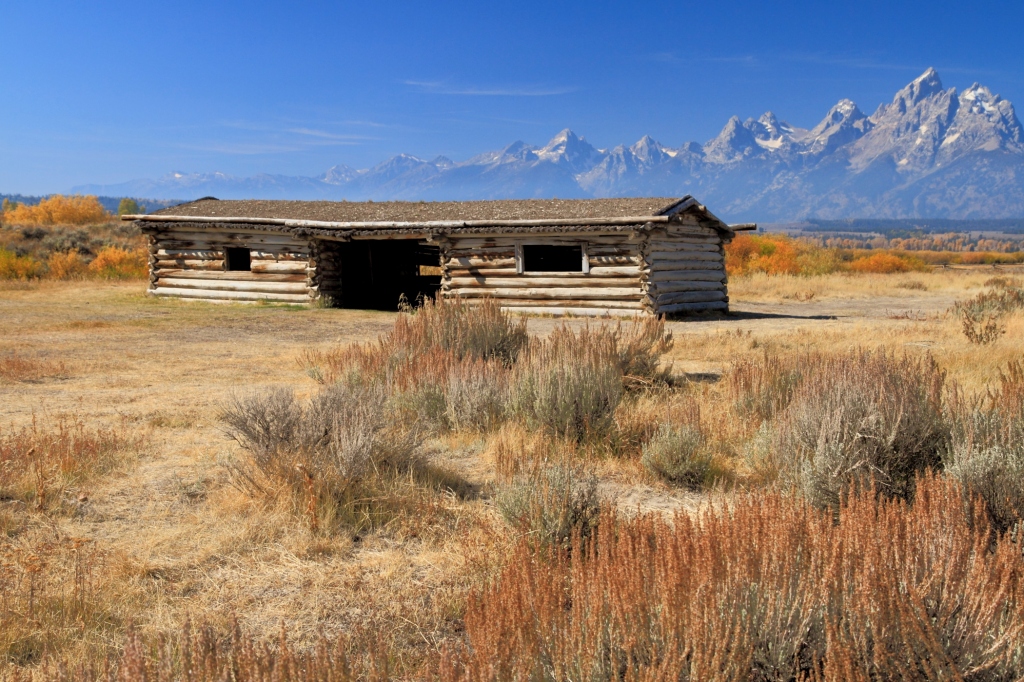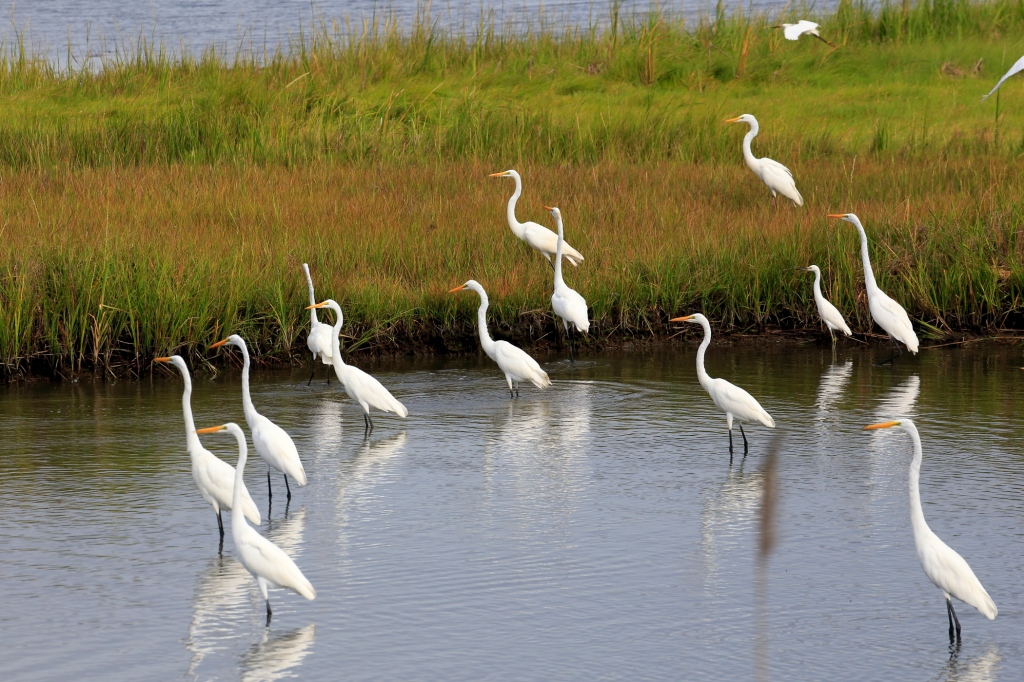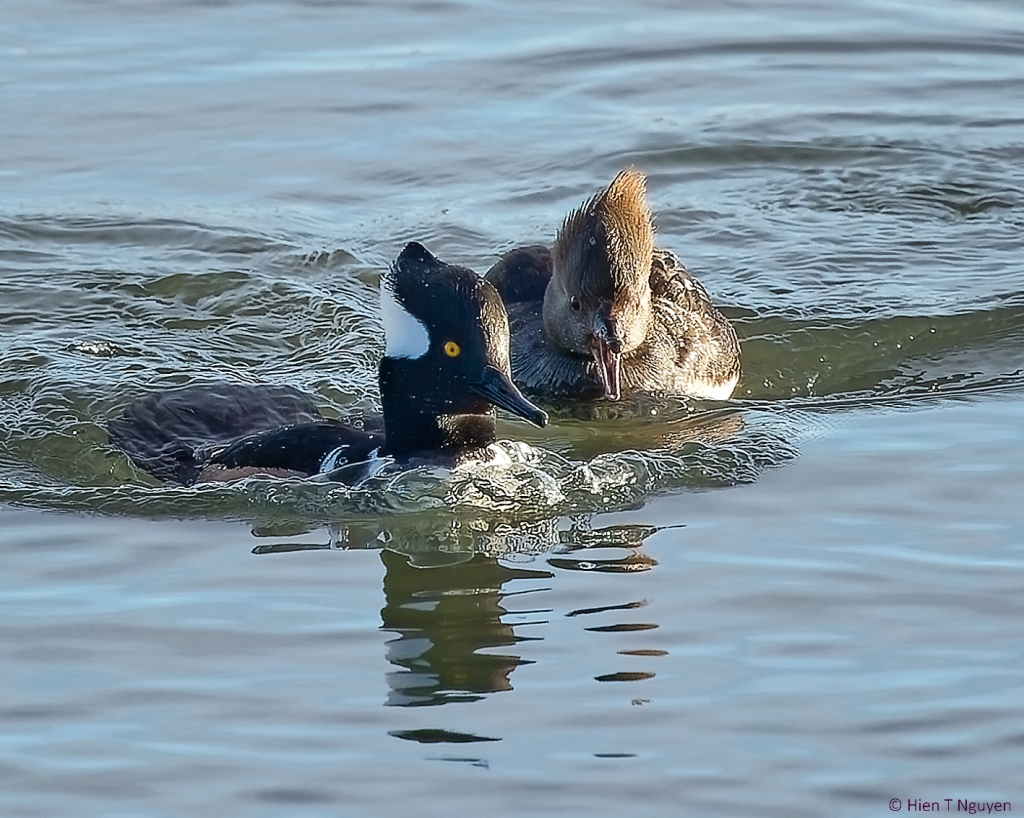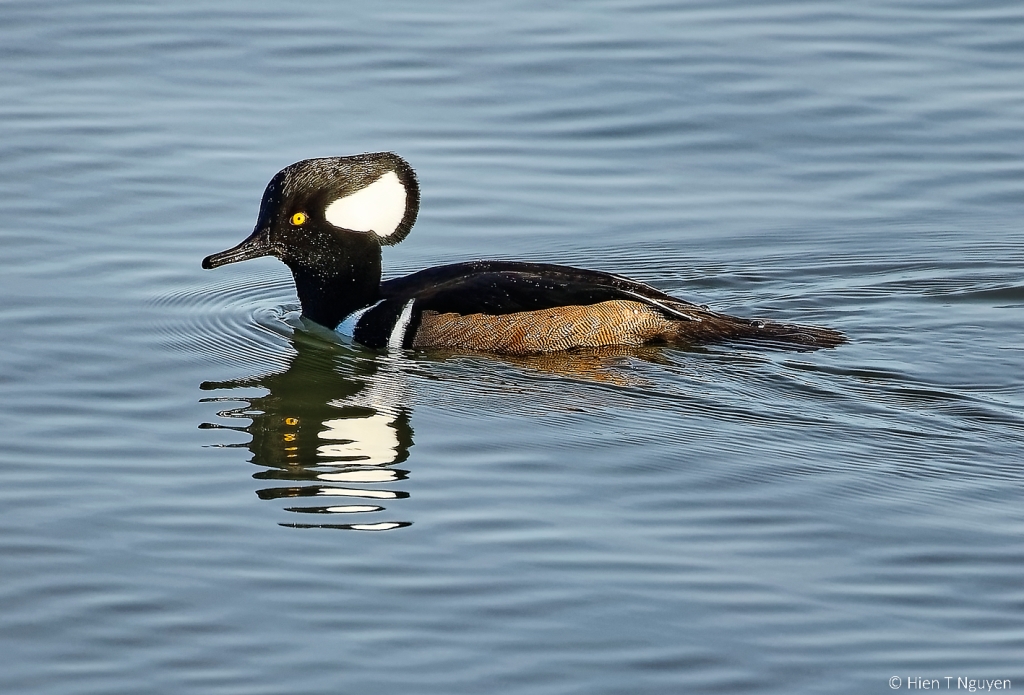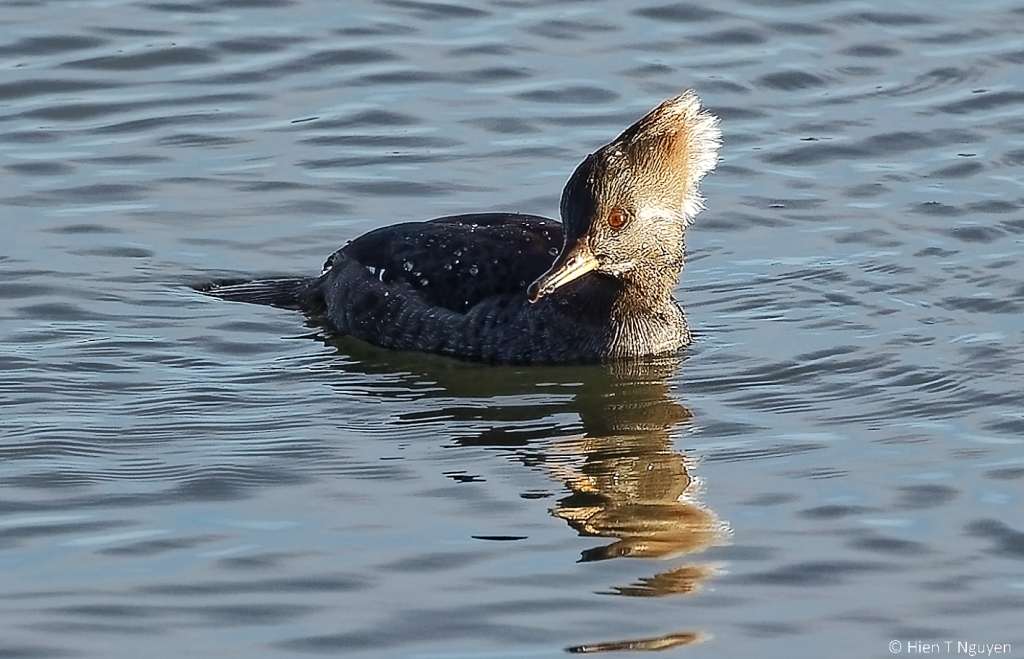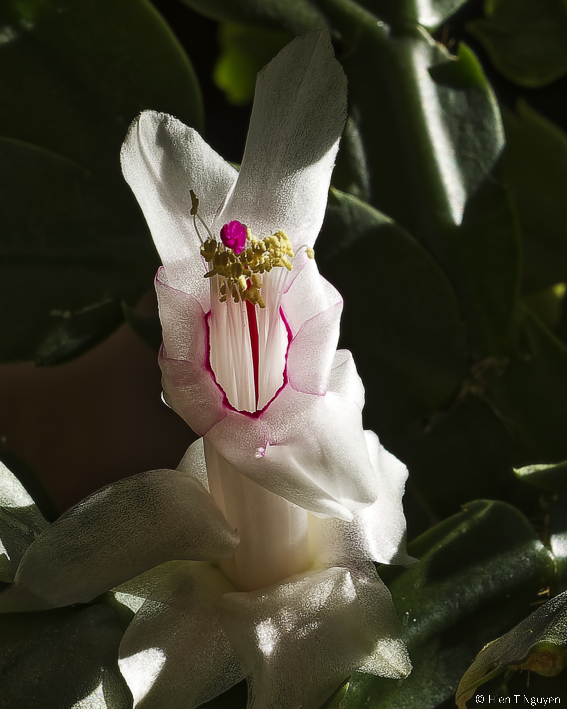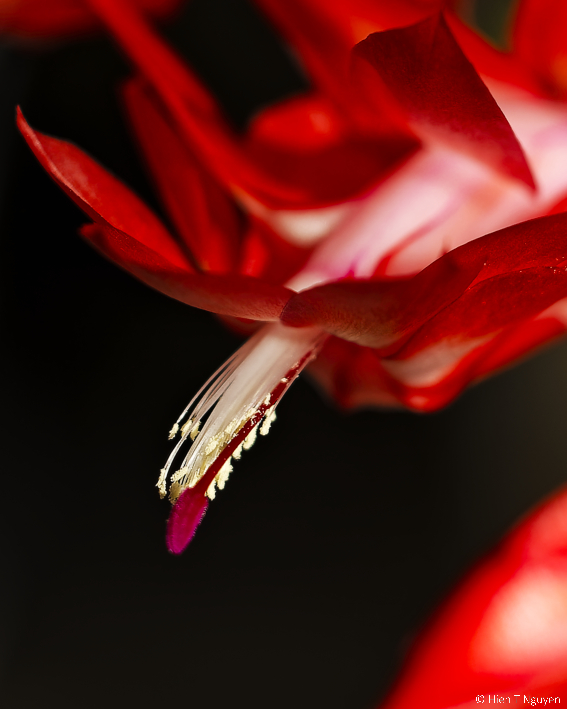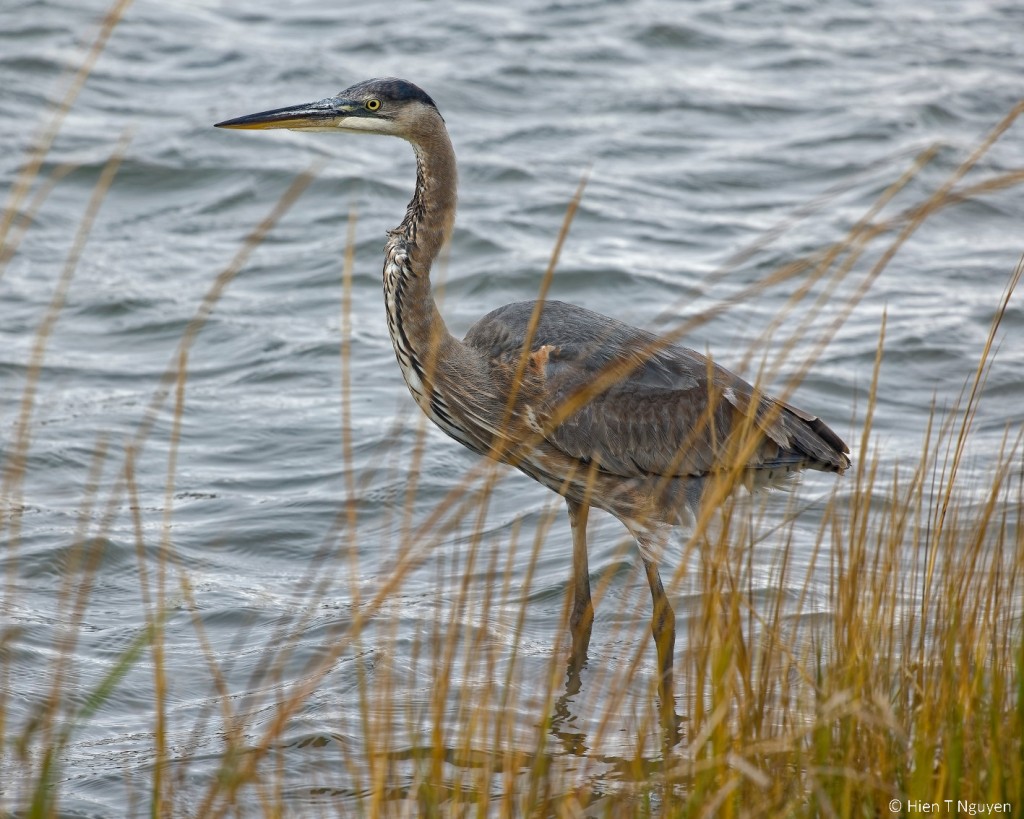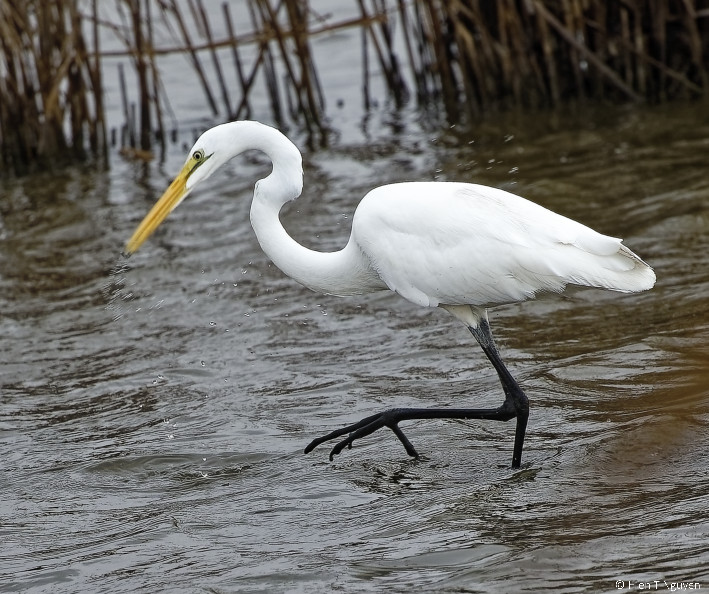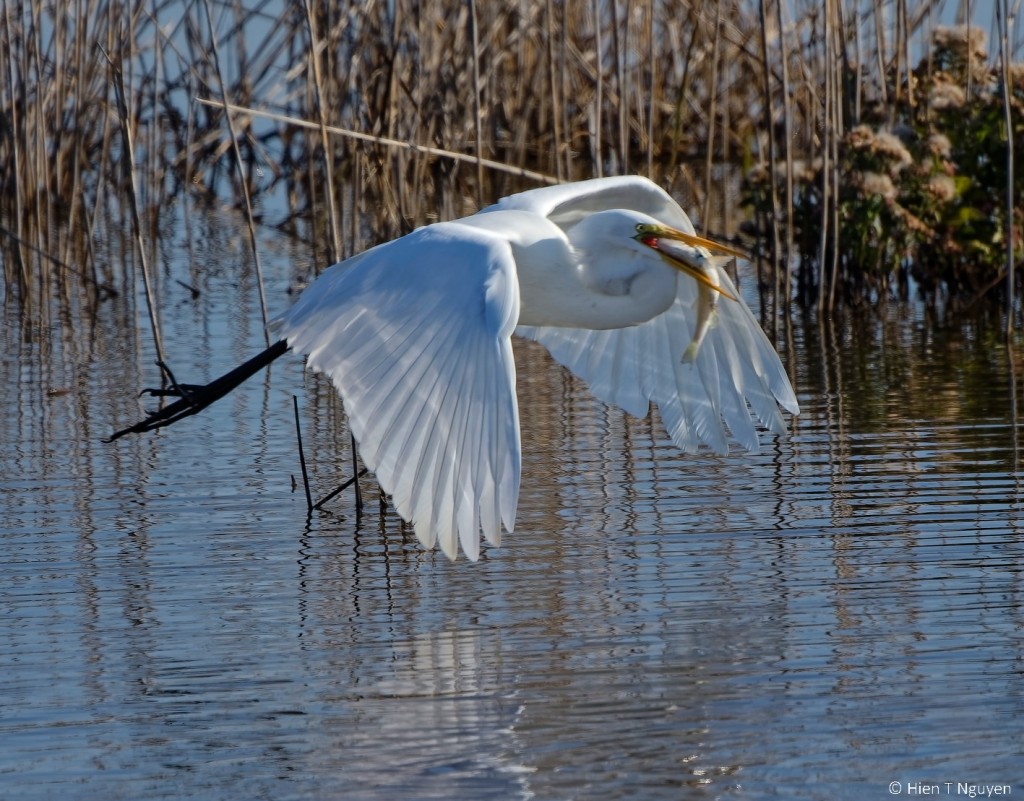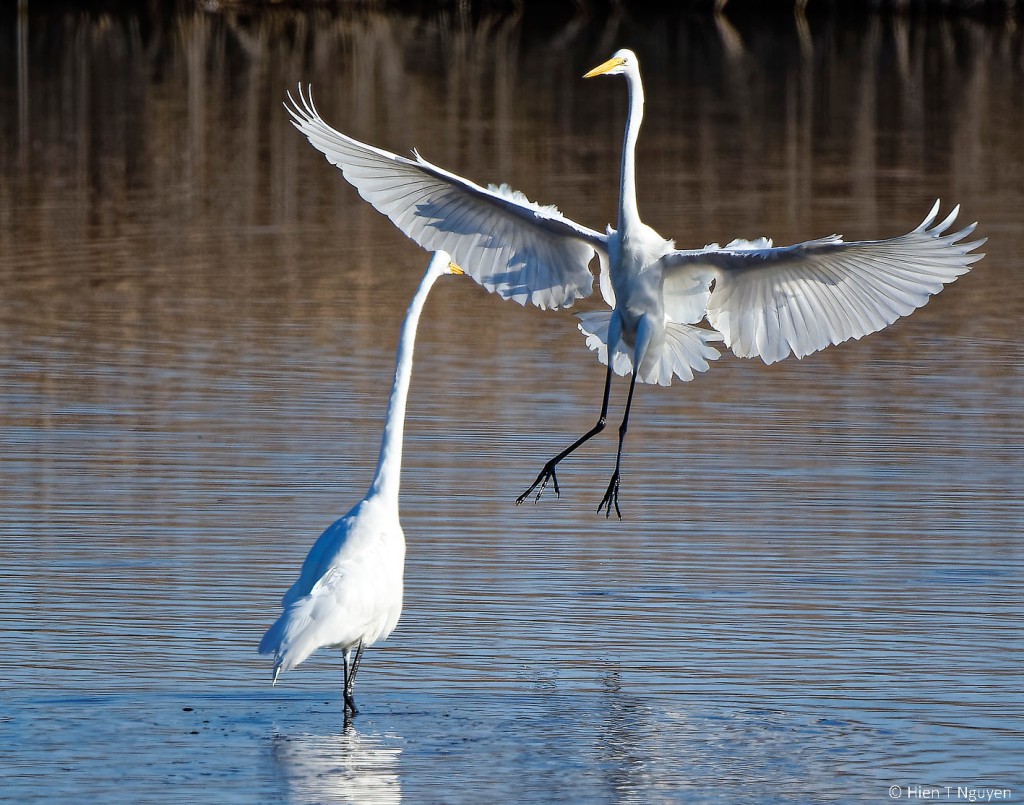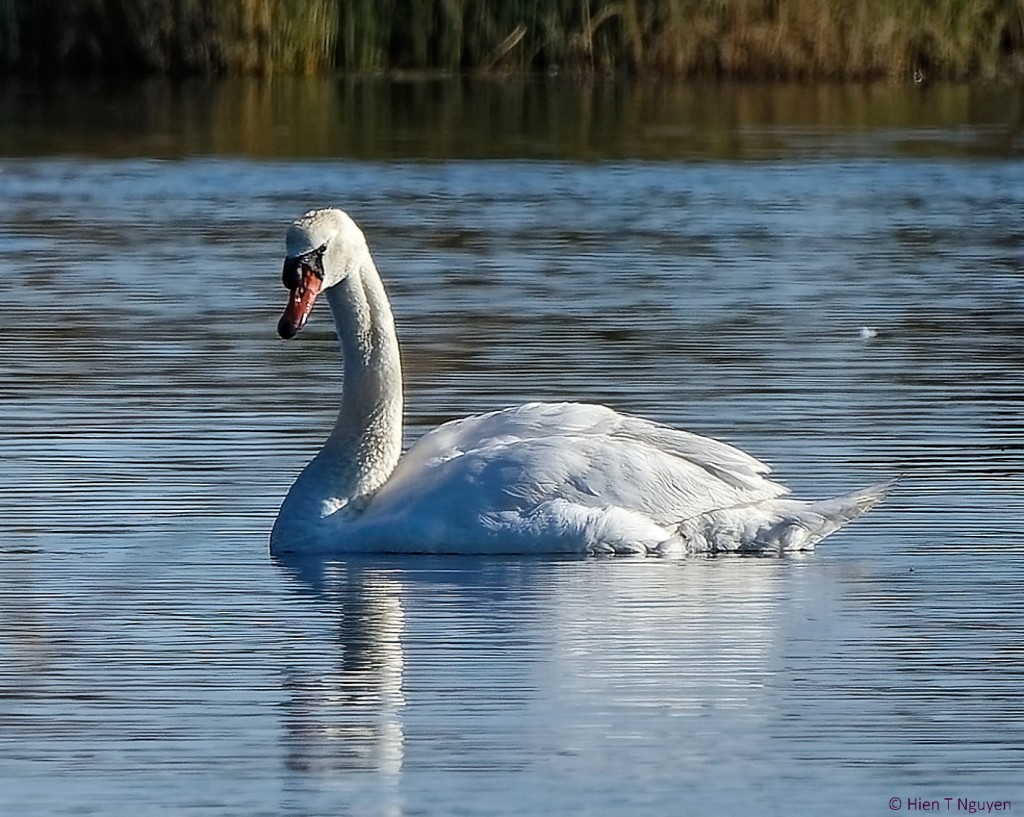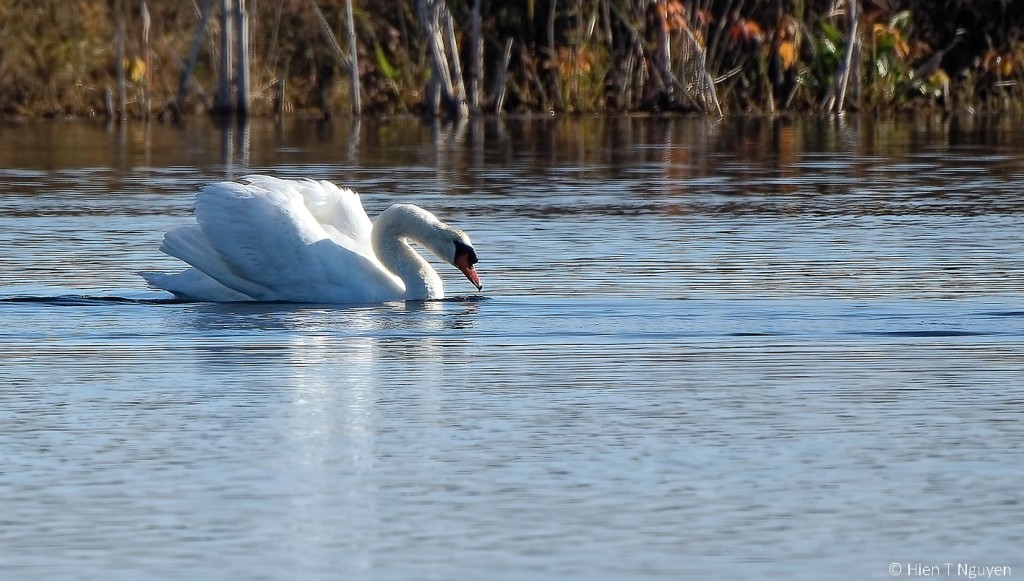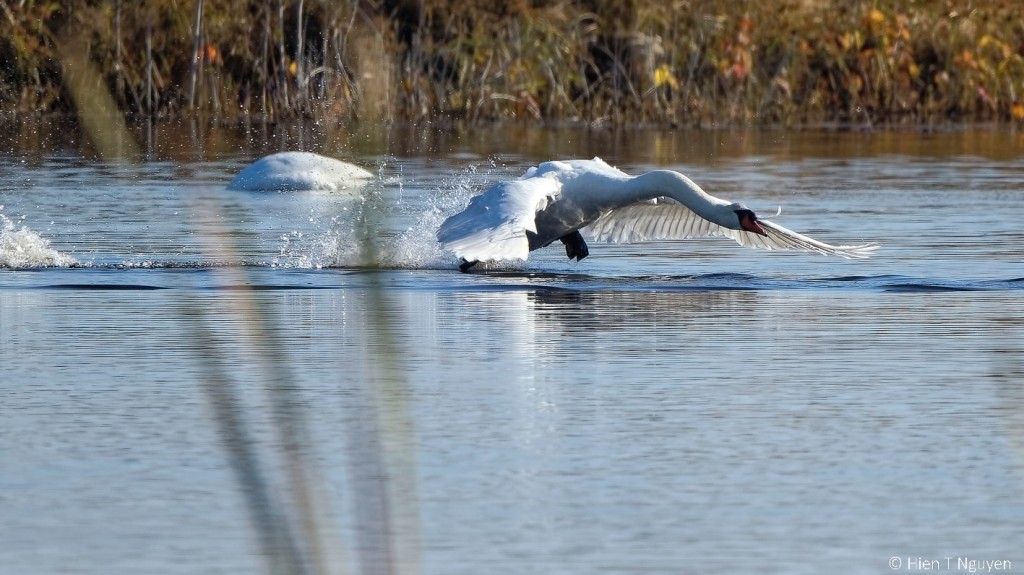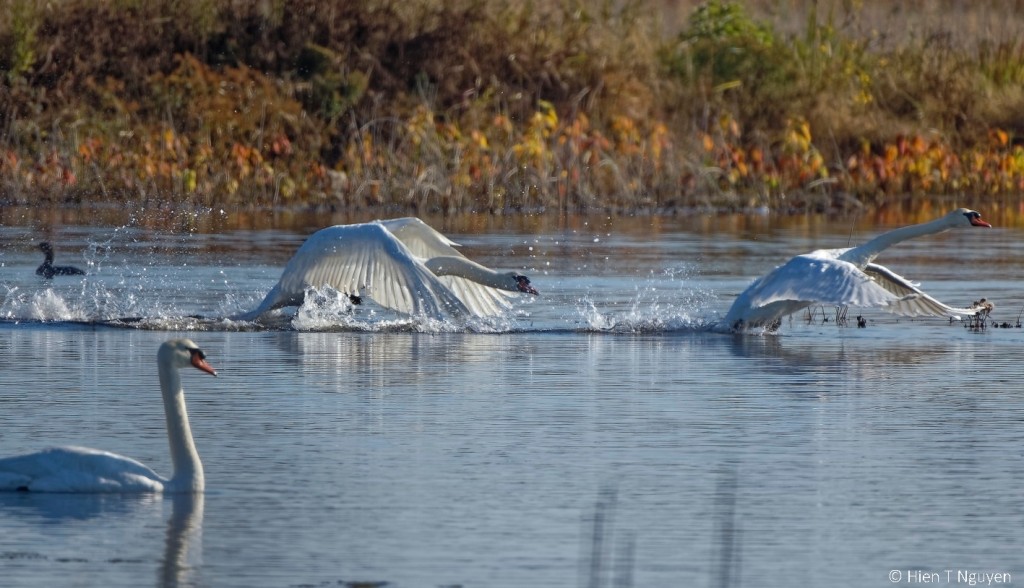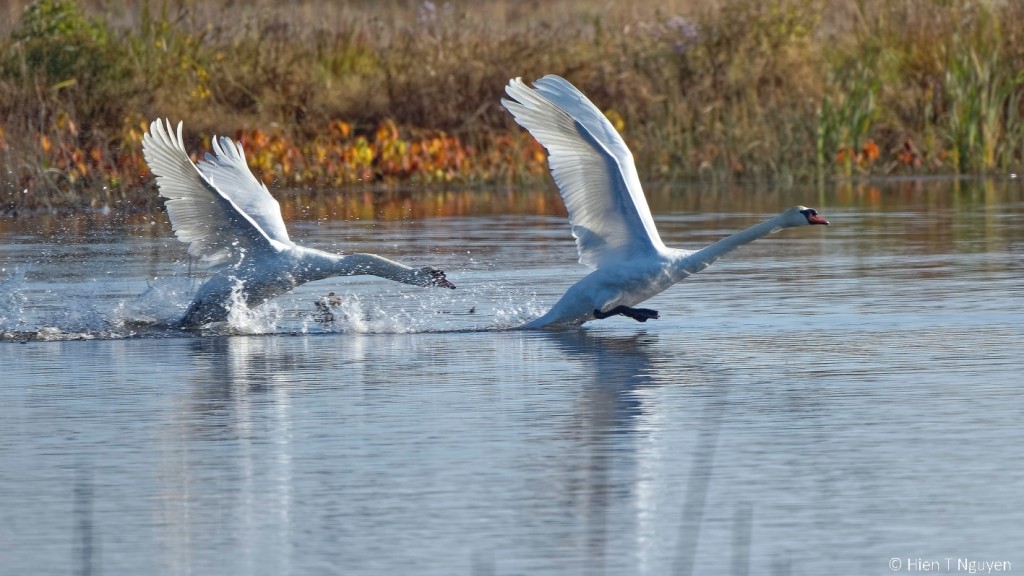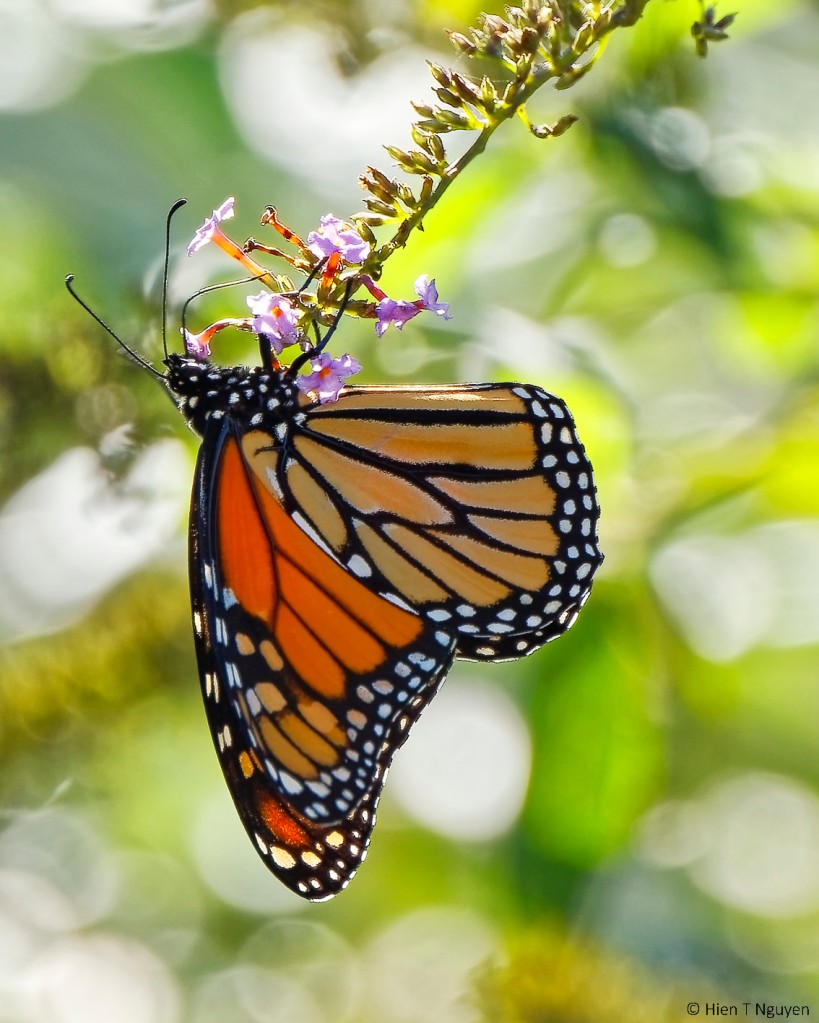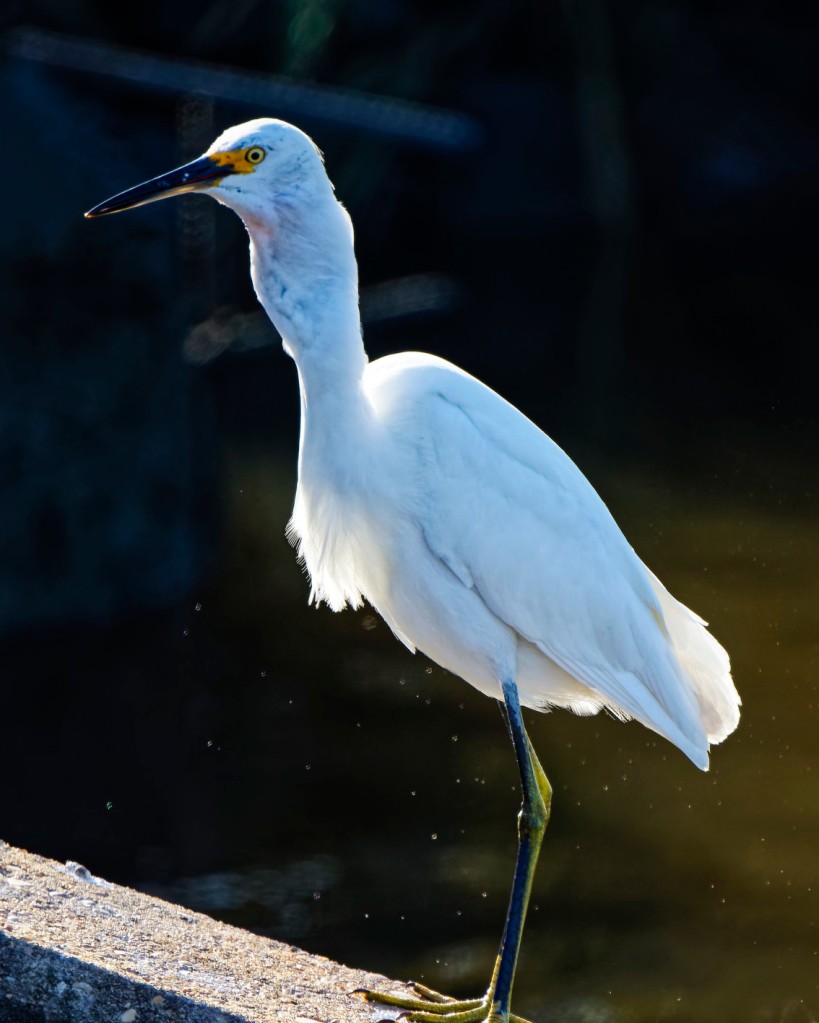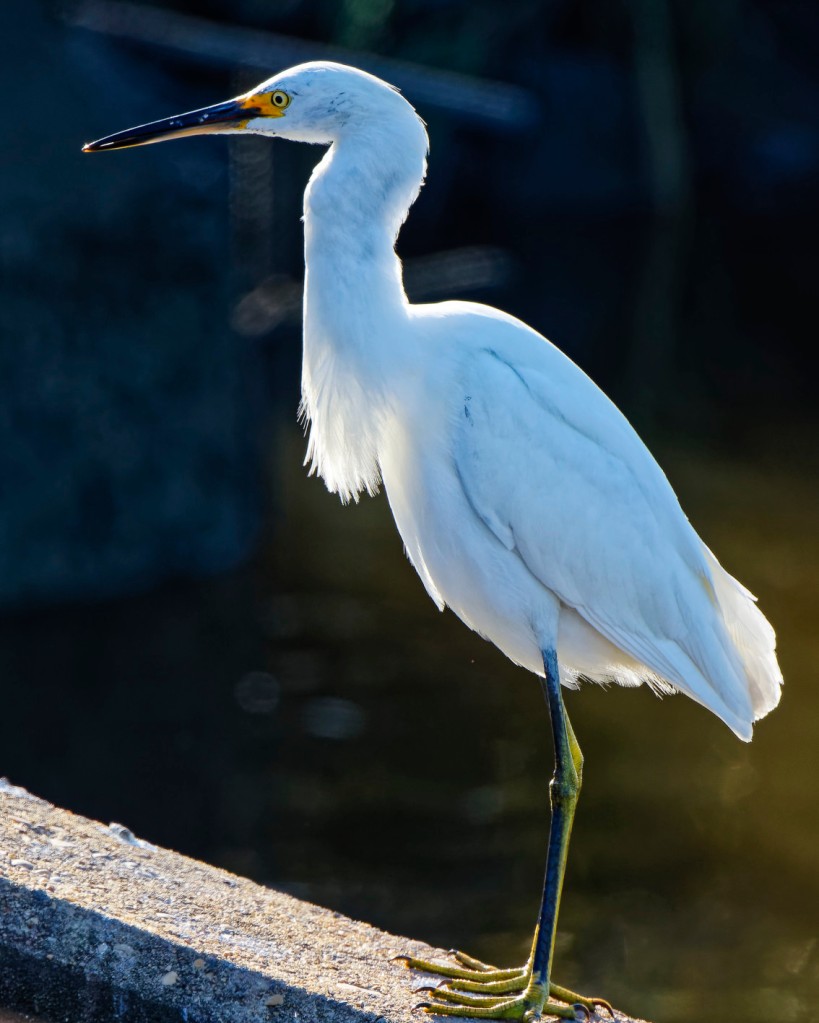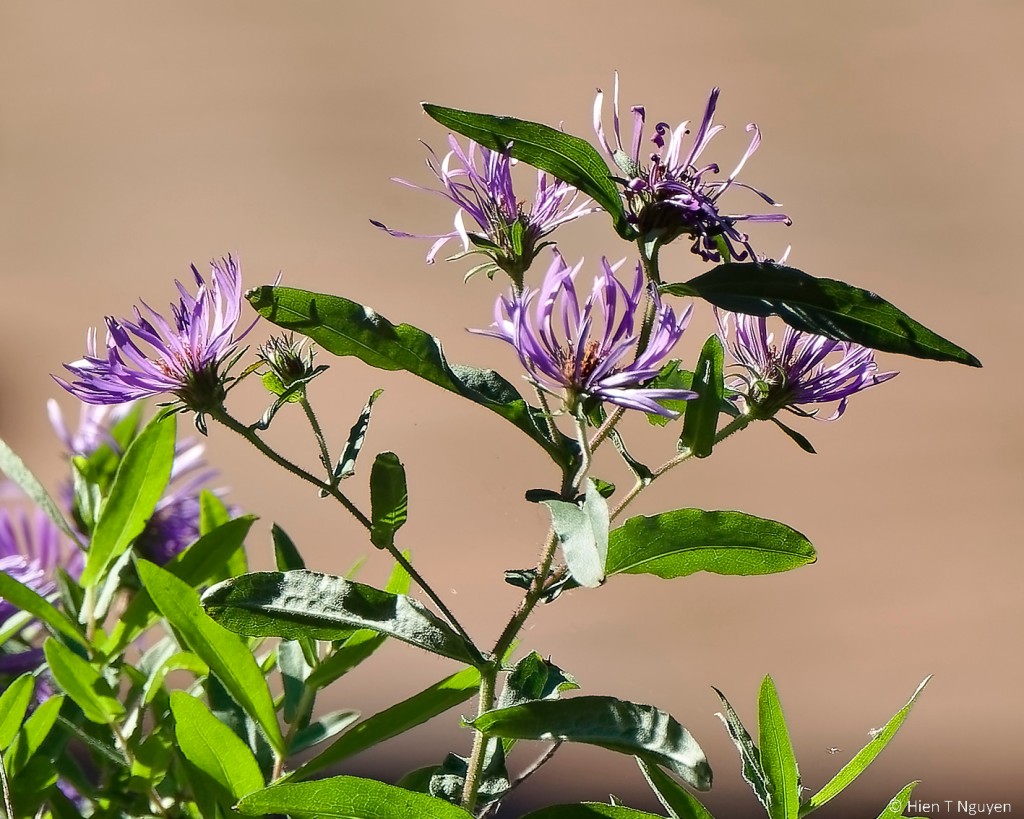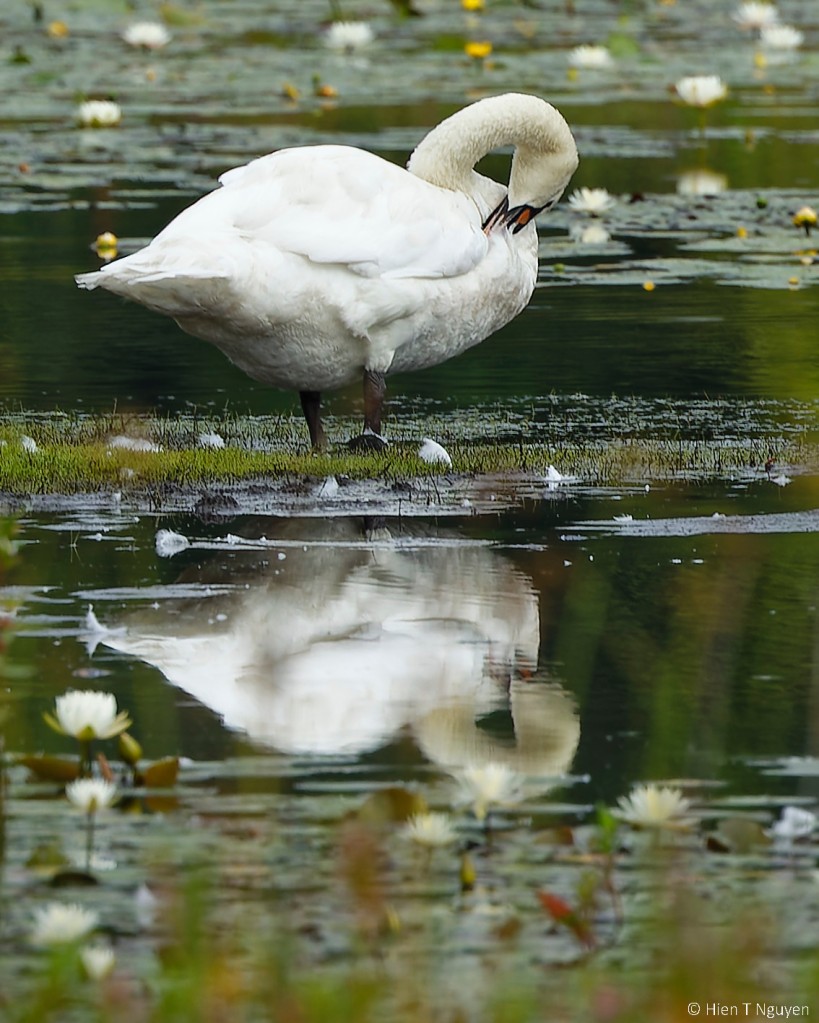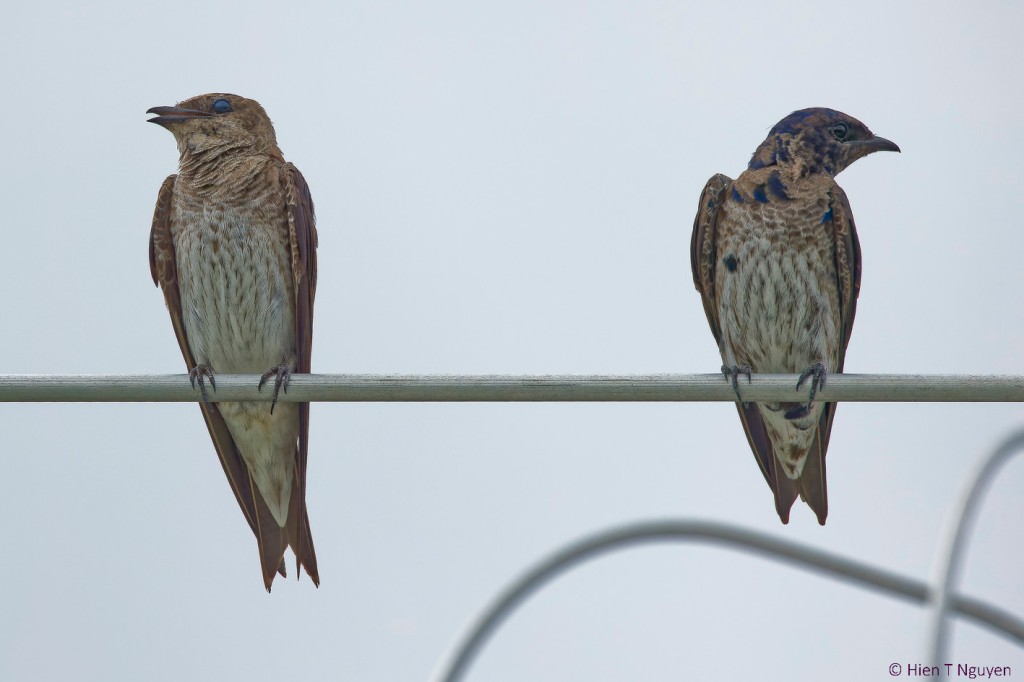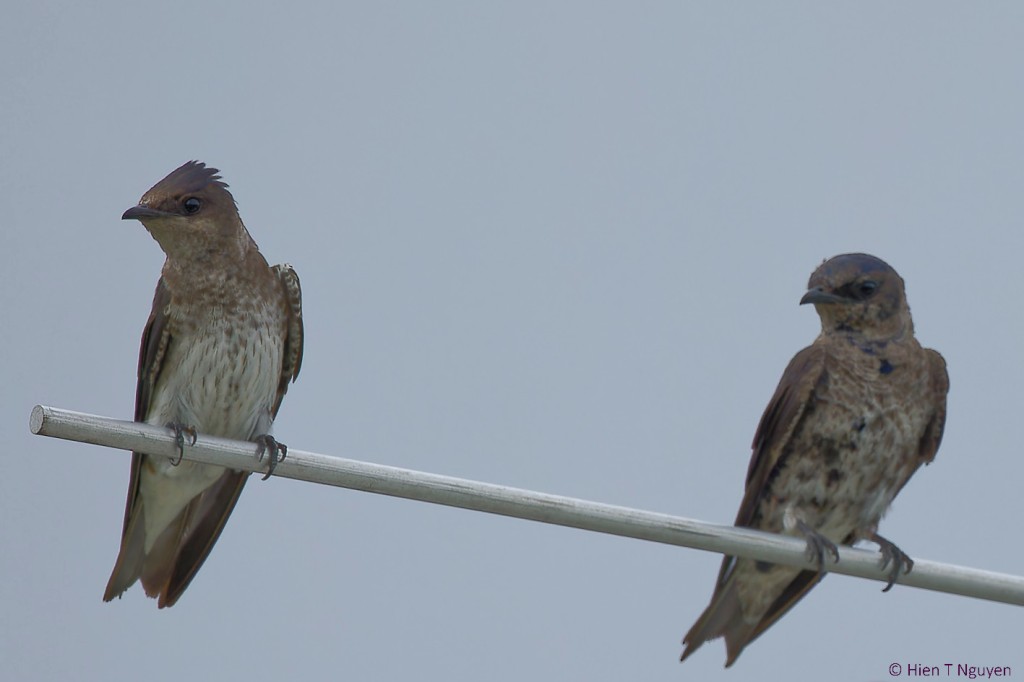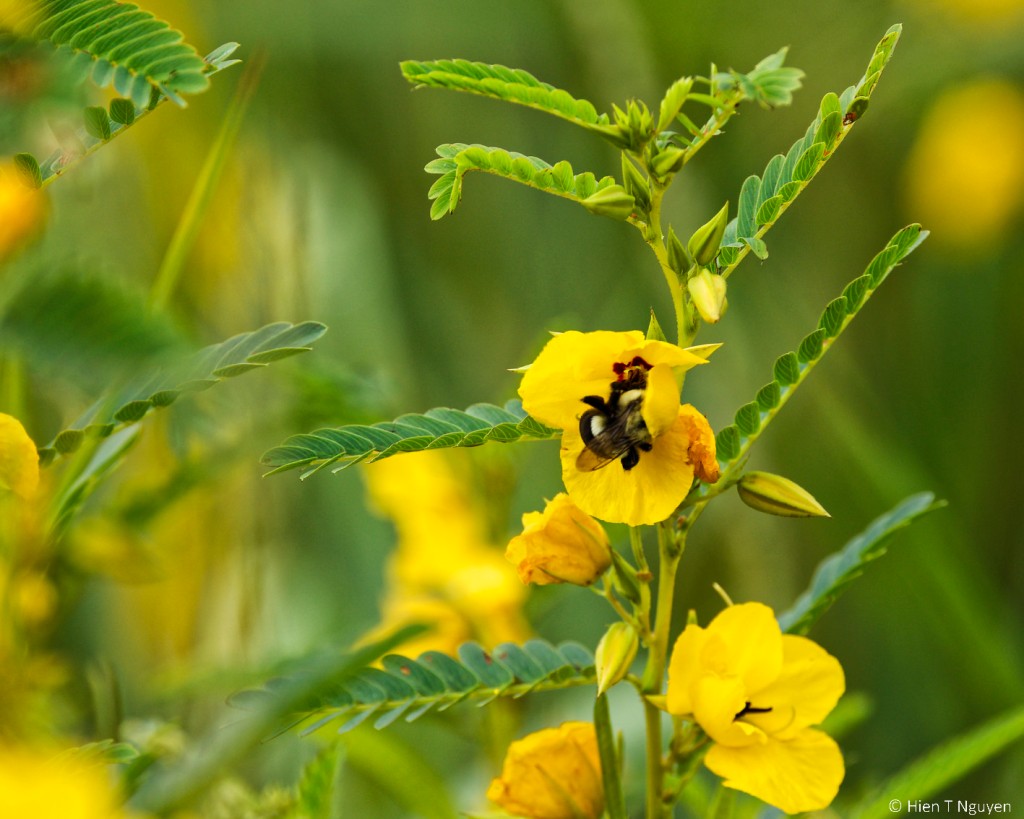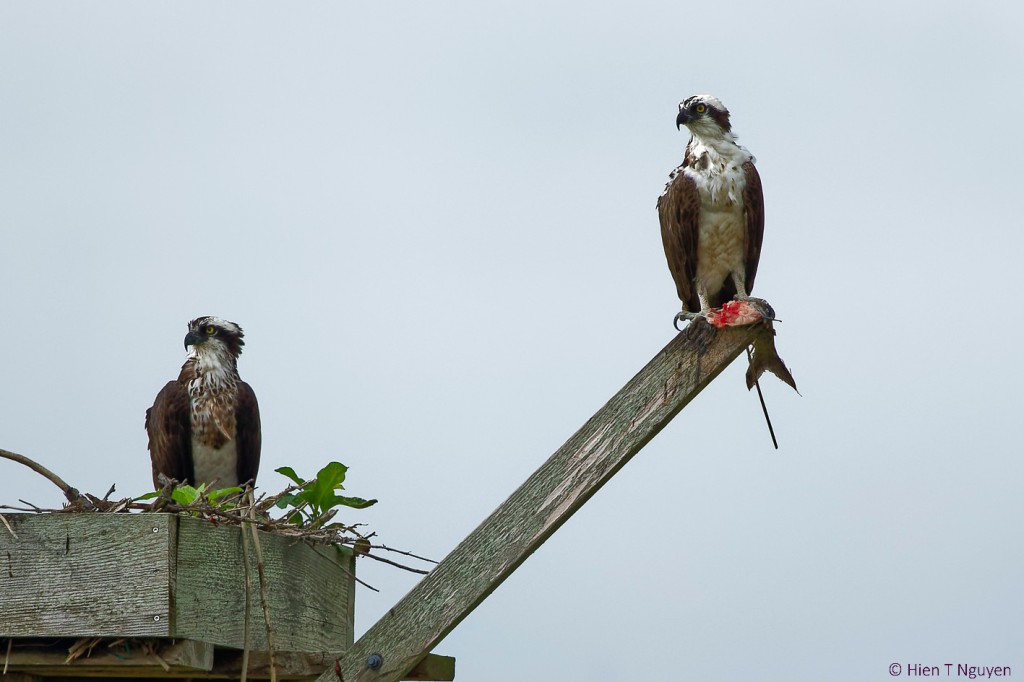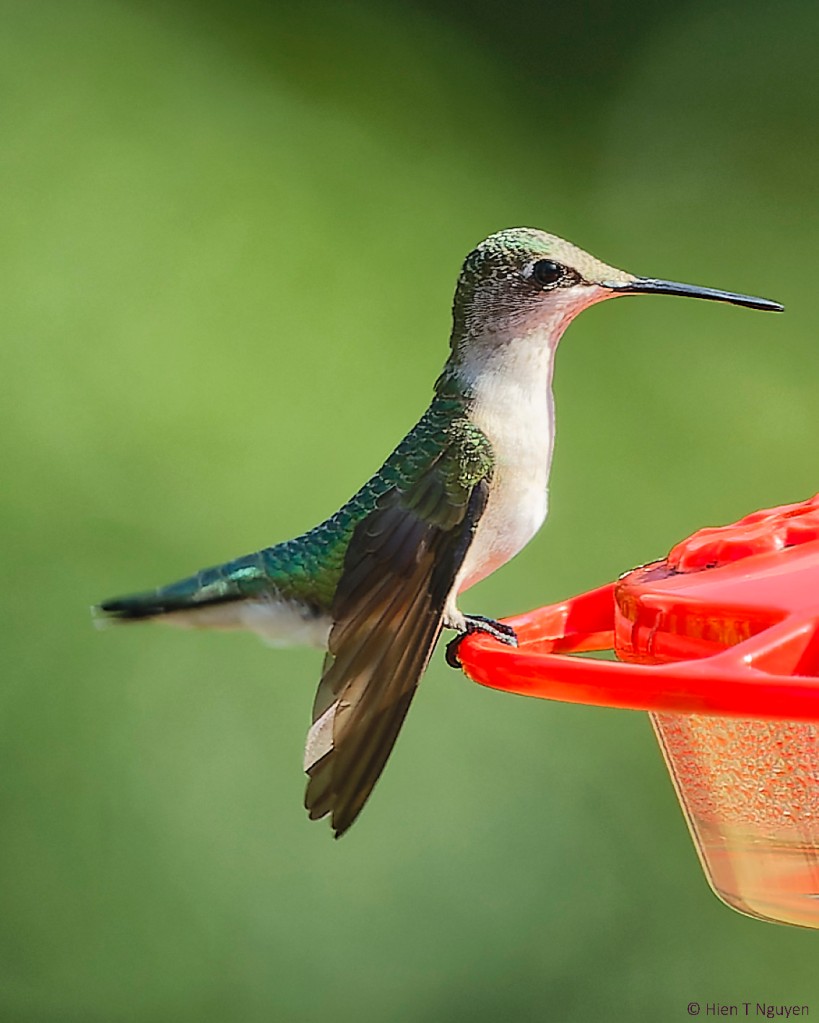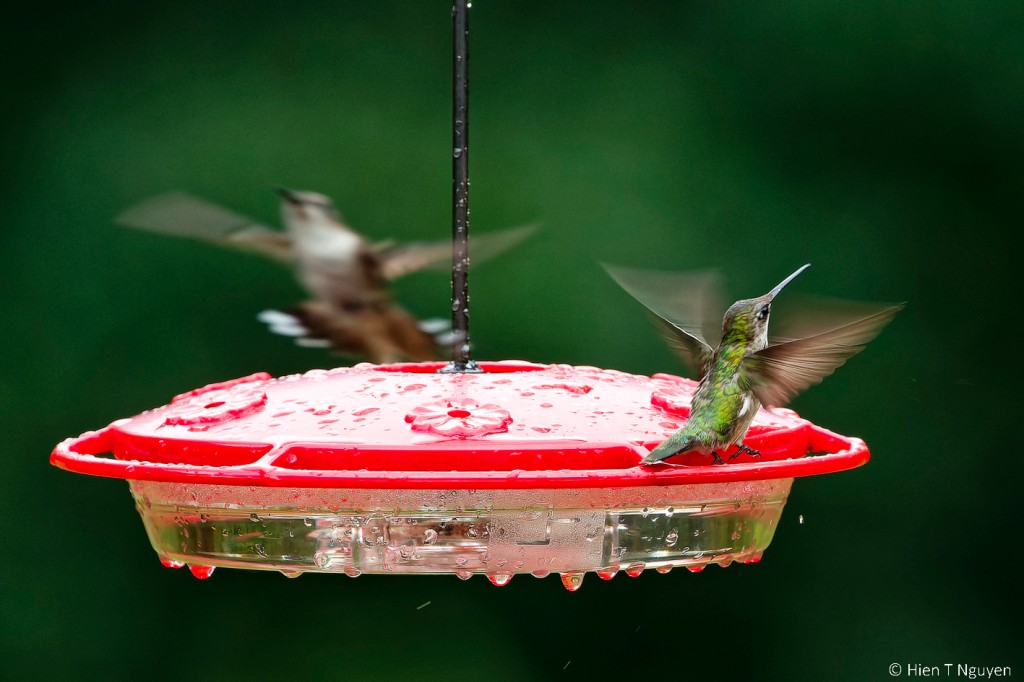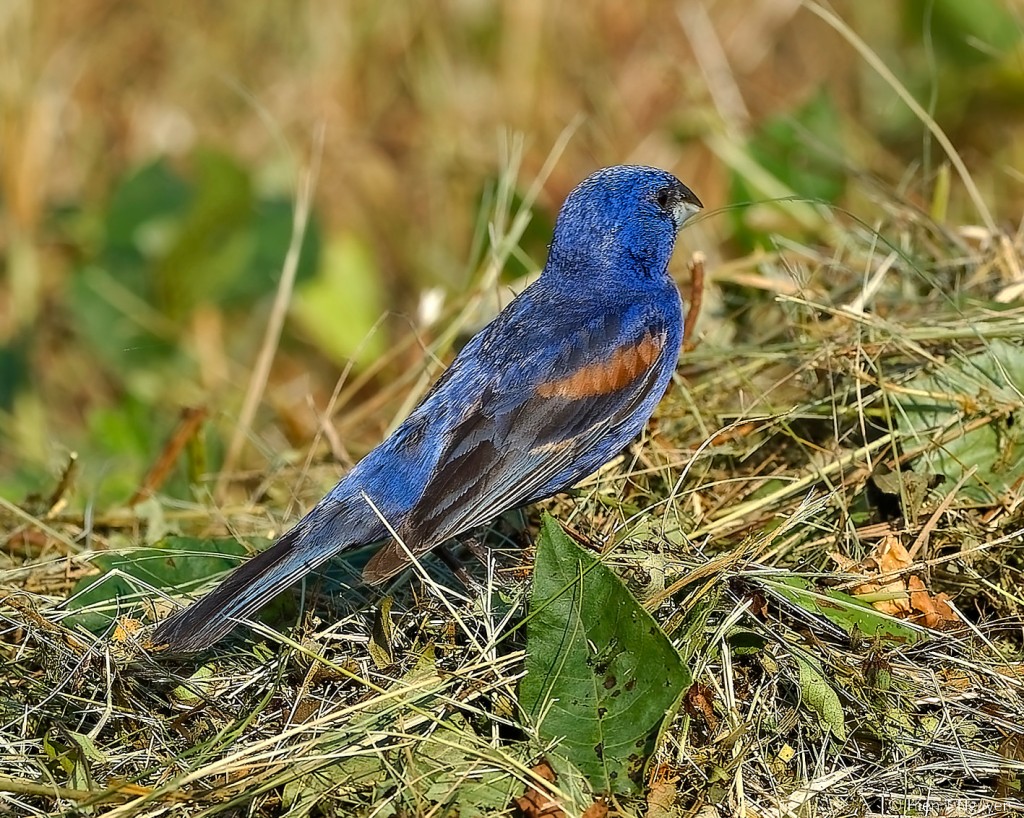Following below is my translation of a story which appeared at https://vvnm.vietbao.com/a247725/mot-mau-chuyen-doi-hai-ong-bo-nuoi on November 11, 2022. The writer is Đào Ngọc Phong who used to be a teacher in Việt Nam from 1964 to 1975 and curently lives in Orange County, CA. He uses the first person to tell us the story of a unique Vietnamese-Polish American.
My foster parents are Americans of Polish origin whose families have resettled for many generations in the Western part of the city of Chicago in Illinois. They had a large farm in Old Polonia on which, in addition to a 100-year old house, my adopted father had built a modern two-story house. The old house had a family library with lots of books, newspapers, pictures, and prized antiques. Father used the new house for normal daily activities and for special occasions with friends and relatives.
My foster parents were high school friends of Polish descent. They both studied medicine and got married when they graduated in 1968. In 1969, soon after she gave birth to their first-born, a baby girl that they named Kalina, he went to Việt Nam and served on a hospital ship stationed offshore in the Pacific Ocean. Helicopters used to bring the wounded to the ship for treatment. In May of 1972 the battle of An Lộc was raging at its peak. Communist troops rained shells on the city every day. One of the shells fell on my house, killing both of my parents. I was rescued by a Vietnamese Second Lieutenant and was evacuated to the hospital ship.
My foster father adopted and raised me on the ship until 1975 when I went with him to America at the age of five.
Over three years living on the ship, I learned to speak English fluently. In America, I played and studied with Kalina, my older sister. Father hired a private instructor to come teach me Polish, which everyone in our house spoke daily. Practicing every day with my sister, I was soon able to speak Polish fluently. I was able to speak two foreign languages very well, but I knew nothing of the Vietnamese language. My parents loved me and took me around to meet all of the Polish relatives, and I found myself readily integrated into the Polish community of Old Polonia.
At the age of 10, my father let me go train in judo. He told me that later on in high school I could be bullied and that I needed to know judo in order to defend myself, not to attack other people. He was prescient. In grade 9 one day during recess, a group of students taunted me then chased after me. Following my father’s counsel, I tried to avoid confrontation with them. However, they caught up with me and started to hit hard. That did it, I turned on my judo and threw them down one by one. From then on they would not dare touch me. Thank you, Father.
In the 1980s, during lunch hour Father often related the unrest in Poland under communism, and the demonstrations of workers in the city of Gdansk under the leadership of Lech Wałęsa and the Solidarity movement. Father was optimistic that his fatherland would soon be liberated from the iron hand of the Russians. Father told me that I should go to the library and read up on our country to understand how long Poland had been oppressed before being able to enjoy independence like today. The way he said it, I got the impression that he thought of me as a genuine Pole. That was true in a sense since I should have died in An Lộc at the age of two.
From then on, I frequented our family library and got to know such famous Poles as the astronomer Copernicus, the composer Chopin, the four writers who received the Nobel prize in litterature, including Czeslaw Milosz in 1980. I promised myself that when I grew up I would go live in the birthplace of my parents, Poland as a free country.
In 1986, when I started grade 11, Father called me into the library and pointed to a chair in front of him. He then told me:
“For 14 years, I have waited for this day. You will be going to college in one more year. You must start thinking right now about what you will study. This morning I am going to tell you what happened in 1972 when your biological parents died. They had a small grocery store in the city of An Lộc. One morning in May, an artillery shell fired by the Communist troops fell on your house, killing your parents instantly. You were lying in a hammock some distance away from them so you were not hit by the shell, but when the thatch roof of your house caught fire, the flames burned your legs and you cried out in pain. At that time, Second Lieutenant X of the infantry regiment which was defending the city, passed by your house. He heard a baby crying inside the burning house. He ran into the house and came out carrying you in his arms. His clothes were burning, he threw you into the arms of his fellow soldiers before falling to the ground. His soldiers threw water on the fire to put it out, but their lieutenant had passed out. Luckily a medevac helicopter landed nearby and carried both of you to the hospital ship. The baby had part of his left leg burned, but the lieutenant was burned in many parts of his body. It took a month for him to be treated and to recover from this wounds. I was the attending physician and decided to keep him on the ship for an additional two weeks before letting him go back to his unit.”
During that time Father and the lieutenant talked and got along very well. He appeared to have a broad knowledge and Father treasured him. The lieutenant suggested that Father adopted me as his son since I had nobody left in this world. Father readily accepted, but said since the lieutenant was the one who had saved my life, both he and Father should adopt me. The lieutenant agreed but said the ongoing war put his life at great risk, so he asked Father to take care of me and raise me to be a good man.
Father and the lieutenant agreed to give me the name of Nguyễn Antoni, with Nguyễn as my Vietnamese last name and Antoni as my Polish first name. Father completed the adoption paperwork which stated that I was adopted by two fathers. That piece of paper was like my birth certificate, my treasured possession. Mother was very happy when she learned of this news via telephone. She urged Father to fly me home so she could take care of me. But it was wartime and private matters did not get priority, so I ended up staying on the ship for three years.
After half a month of convalescence, the lieutenant returned to his unit. Father gave him his home telephone and his home address in Chicago, telling him that maybe they will meet again in America. But from that day on, for eight years Father had no news of the lieutenant until 1983. He received a letter the lieutenant sent from Cambodia. He wrote that in 1975 he refused to report to the Communist authorities to avoid being sent to a re-education camp. Instead he fled on foot to Cambodia and would try to find a way to go to Thailand. That was the only news that Father ever received from the lieutenant. Father told me that I was limping because one my feet got burned by the flames in our house in An Lộc.
Father told me to keep my “birth certificate”, and he asked me to think carefully about what branch of knowledge I wanted to study.
Outside the door, sister Kalina was eavesdropping. She took me out to the garden, comforted me, and said I should follow my adopted parents’ profession. When they retired, I would inherit their office downtown. She would pursue a career in languages. Indeed, she later became a professor of linguistics. She was deeply involved in her research and never married.
I slept badly for a few nights as I tried to find out what I would be good at. In the end, I followed Kalina’s advice. My decision was based on the gratitude I felt toward my parents who had brought me back to life. I would study medicine.
There was a deeper reason why I chose that path: the image of Lieutenant X plunging through the flames to save me and himself almost dying in the process. I vowed to be a doctor that would save those children orphaned by war. In my free time, I went into the library and read my parent’s medical books to see whether their career would interest me. Indeed I became passionate in pursuing such a career.
At the end of that summer, before going on to the 12th grade, Kalina took me to a coffee shop for some talk. She asked me whether I had decided on a career. I answered carefully that I would probably follow her advice, but I did not tell her about my plans beyond that. Emotionally, she thanked me for taking her place to please our old parents.
In March of my senior year, I informed my parents that I would study medicine. My mother embraced me and told me that my decision had made them younger by a few years. She said they would support me in my studies for ten years and that I should not have any financial worry during that time.
I buried myself into school work and the ten years flew by. I specialized in pediatrics. In 2000, at the age of 30, I graduated and worked for my father’s practice for two years. I saved my money then I asked for my parents’ permission to go find my other adopted father, Lieutenant X.
I applied to UNHCR, the UN Refugee Agency, as a volunteer without salary and told them my goal was to find my adopted father. I wanted to have some legal backing which would allow me to deal with local authorities.
At that time, 2002, almost all the refugee camps in Southeast Asia were closed. Since my father had told me that Lieutenant X had sent him a letter from Cambodia indicating that he was seeking a way to go to Thailand, I flew to Bangkok and went to three refugee camps in Koh Kra, Songkhla, and Laem Sing.
I paid handsomely and the local government offices at the district and village levels allowed me to look through their lists and documents. However, after three months I had not found his name.
In talking at length with the local population, I learned that the island of Koh Kra was called the island of hell. They told the story of a Vietnamese woman who was chased by the pirates. She had to take refuge in a cave on the island. Sea water inside the cave rose to her hips. She had to stand inside the cave for a week while crabs ate at her thighs and she endured a horrible death. Then there were stories of rape, including those of 9-year old girls. To this day, there is a monument on the island erected by refugees who had escaped from the island and later returned to visit it in 2012.
I laid on my bed in a hotel and I became emotional thinking about the atrocities committed on the island. I am no writer but, as I wrote down the story of the woman who hid in the cave, I had to wipe off tears from my face. I sent what I wrote to a local newspaper and was surprised when a week later I received a request from it to continue writing about the tragedies endured by the refugees. Many of the newspaper readers had sent in letters to the editor expressing their shock that in today’s world people would commit such atrocities against other human beings.
So I continued writing about what people told me. Over two years, from 2002 to 2004, I went to all the refugee camps in Malaysia, Indonesia, the Philippines, Singapore, and Hongkong. They had such famous names as Galang, Bidong, Palawan, Bataan, Ku-Ku, Buton and so on. However, I found no trace of my second adopted father.
I returned and worked at my first adopted father’s practice. When night came, if I remembered a story I wrote it down. My series of articles made some impression in the minds and hearts of the average American. They sent their comments in, saying that they could not imagine there would be political regimes that would make their people flee abroad, even going so far as risking their lives in the jungle or the deep sea. They asked questions as to why a powerful country like the United States had lost the war.
Suddenly one morning, as I was working in our medical office, the newspaper’s editor called and told me that there was a journalism student from the University of Chicago who wanted to interview the author of the series on the plight of Vietnamese refugees. I agreed to a meeting at the newspaper office.
I was totally surprised when the interviewer turned out to be a young Vietnamese woman. She introduced herself under her American name, Jennifer, who was doing graduate studies in journalism. She was about 25 years old and spoke English fluently, with traces of a Vietnamese accent. She asked me whether I was Nguyễn Antoni, and, since I was of Vietnamese origin, whether I could speak Vietnamese. I told her that my adoptive parents were Americans of Polish origin. I came to the United States in 1975 when I was five years old. At that time I could only speak English and Polish. Before starting my tour of the refugee camps I had studied to speak Vietnamese using a computer. I could understand when people spoke to me in Vietnamese, but I had to struggle to speak it myself. I told her I was not a writer, only a doctor who liked to travel.
I never said or wrote anything about my search for my second adopted father.
She asked for my permission to use the articles I had written as a small part of her thesis, strictly for educational purposes.
After that interview, she often called me. We talked naturally. Gradually I felt that she was a sincere friend. When I was in school I had many girlfriends of various origin and background. They were all beautiful, but I could never bring myself to be close to any of them. I felt the same with Jennifer and thought she too would be like the rest of them.
There was one time when Jennifer talked to me for a whole hour, and I patiently listened to her because many things that she said could be related to Lieutenant X. Her father was an officer in the Armed Forces of the Republic of Việt Nam. He spent six years in a re-education camp before being allowed to go back to his family in 1981. Jennifer was born in 1982. In 1987 her parents took her with them when they escaped by boat. She was five years old. They ended up in the Galang refugee camp in Indonesia. They had to stay there for three years before being allowed to enter the United States. Her father used to be a signal officer and was good with electronics. He opened an electronics shop to try and make a living for the whole family. Her mother went to work in a nail store since that was an easy way to make money.
After five years, the electronics store prospered, allowing her mother to quit her job as a nail worker. She went home and helped her husband manage the store. It had become big and they had to hire people to work for them. It looked like her father did quite well in America. He went every month to attend reunions with former members of the Vietnamese Armed Forces.
I immediately thought about Lieutenant X, wondering whether one of these military people would know something about my adopted father. I cautiously asked Jennifer whether it would be possible for me to meet the veterans. She appeared jubilant and said that her father was ready to introduce me to them. A few days later, she called and said her father would be honored to meet Dr. Antoni Nguyễn at their house the following Sunday.
Jennifer drove a car to come get me. Wearing youthful looking clothes, she was chatty. I felt the sadness inside me ebbing away a little.
Her father was about 60, but he looked agile, was talkative and full of energy.
He was the model of an entrepreneur. He asked me why as a young American I was so interested in the old people of the South Vietnamese regime of the previous era. Before answering, I told him I admired his rapid business success in America. He looked elated to receive my praise. He said that if his family had been unable to leave Việt Nam, his daughter would be carrying water pails to irrigate their vegetable garden in some distant new economic zone. She would not be studying for her Master’s degree like she was then doing. Next to me, Jennifer giggled happily.
Feeling the friendly atmosphere, I then recounted the story of my life, then showed him my adoption paper made on the American hospital ship in 1972. I said that I spent two years going around to all the refugee camps to look for Lieutenant X but never found him. I suddenly heard Jennifer crying beside me before running into her bedroom.
Her father asked me to let him make a copy of my document, and said he would ask around among his group. Some of them had participated in the defense of An Lộc in 1972. I was overjoyed, and saw a glimmer of hope.
He insisted that I stayed for lunch with his family. For the first time in my life I ate a Vietnamese meal with all the traditional customs. If that artillery shell had not landed on my family in An Lộc, my entire family could have enjoyed a similar meal.
Before I left, Jennifer’s father invited me to come attend a meeting of the Vietnamese Veterans group at the end of the month. I gladly accepted, and he said that he would tell Jennifer to let me know of the date and time when she would come pick me up.
The hope of getting some news about my adopted father kept me looking forward to the date of the meeting. It took place in a big building belonging to a wealthy member of the group who had done very well in America. I was surprised that there were almost one hundred attendees, including those from several neighboring states. Jennifer’s father was on the executive committee. He introduced me to the audience, told them about why I wanted to attend the meeting, and said he had a surprise for me.
After the usual procedures, he introduced me to ten veterans who had participated in the defense of An Lộc. All were the fellow combatants of Lieutenant X. I was shocked, walked up to each of them to shake their hands, and said meeting them was like meeting my adopted father who had become lost in 1983 in Cambodia while trying to escape from the Communists.
Suddenly, Jennifer’s father laughed out loud, and said they had a precious surprise for Dr. Antoni.
“We invite fellow combatant T. to come to the podium. Dr. Antoni and gentlemen, I present to you Corporal T. He was the radio operator who always followed Lieutenant X. during their maneuvers. He knows where Lieutenant X. is at the moment.”
My heart felt like it had stopped. Jennifer suddenly ran up to hold my hand firmly. It appeared that she was as shocked as I was. Corporal T. was about 55, a few years younger than my adopted father.
Uncle T. related that Lieutenant X. was a talented and courageous officer, loved by his soldiers. After An Lộc was liberated and returned to normal, he was promoted to First Lieutenant, and was transferred to the Joint General Staff and worked in the Operations Room. After the end of the war in 1975, he did not report to the Communist authorities. He and Uncle T. escaped to Cambodia. The two disguised themselves as yellow-robed Buddhist monks, moving from one temple to the next in the direction of Thailand. Uncle T. said that he was surprised Lieutenant X could speak the Khmer (Cambodian) language fluently.
“In Thailand, Lieutenant X told me to go and enter to the Songkhla refugee camp so that I could emigrate to the United States. As for him, he would remain in one of the temples, not to become a monk but to study Buddhism. He did not want to go anywhere else. The fact that he had saved a child, had been burned himself and had passed out, everyone knew that. I can’t believe that the child is now Dr. Antoni here.”
I walked up and hugged Uncle T., thanked him for giving me such a precious gift, for knowing that my adopted father was alive and well made me extremely happy.
The rest of the meeting was joyful, intimate, and very emotional. I asked that I be allowed to address all the veterans. I thanked all of them, and said that I wanted to give the association a check as a token of my appreciation.
Jennifer drove me home. On the way, as we passed by a river, I asked her to stop so that we could sit for a moment by the river bank and watch the sunset. We sat next to each other on the grass. I wanted to tell her something, but could not find the words. I remembered how during the meeting she ran up to me and had grabbed my hand when we heard the news that Lieutenant X. was alive.
Then I took her hand and said as if I was dreaming:
“Jennifer, thanks to you I have met these veterans and now I know that my adopted father is still alive. I don’t know how I could ever pay my debt of gratitude to you.”
She gazed at me, her eyes moist with a thin layer of tears:
“What are you saying?”
“I would like to be with you for the rest of my life. My left foot was burned. Do you dislike the way I walk?”
“What about you? Do you dislike my protruding tooth?”
We both laughed out loud on the deserted river bank. We stood up and went back to the car arm in arm.
Our wedding took place two months later. My adopted parents were extremely happy when they learned that Jennifer and I had decided to get married. Their relatives and friends were numerous. We also invited all the members of the Vietnamese Veterans Association. They had become my Vietnamese relatives.
By the year 2010 we had two children, a boy and a girl. Both paternal and maternal sides of the family competed to take care of them. Their paternal grandmother said: “Kalina does not want to get married, but Antoni has brought us much happiness in our old age.” Their maternal grandmother said: “You two keep working, let me take care of these two precious children.”
When the war in Syria erupted in 2011, war refugees fled everywhere. Jennifer and I left our two children in the care of the two grandmothers, and we went to the refugee camps to find any children left without parents by the war. I took care of medical matters, Jennifer too care of the paperwork so that the children could be adopted. She wrote articles relating the plight of the refugees, just like I did a few years earlier for the refugees in Southeast Asia. Thanks to her articles, many children found adoptive parents from many countries.
When the war in Ukraine started in February 2022, we went to Poland and went into the refugee camps for Ukrainians. I could speak Polish and was warmly welcomed by the local authorities. I helped them prepare many folders to allow Ukrainian children to be adopted.
After working hard for some time, we went on a Mediterranean cruise for one week to rest and regain our health. Sitting next to each other, sipping our coffee, looking at the waves, enjoying the cool breeze, I thought about going to Thailand soon to meet my other adopted father before he became too old.
Jennifer leaned hear head against my shoulder and asked sweetly: “Next to me, do you feel happy?”











